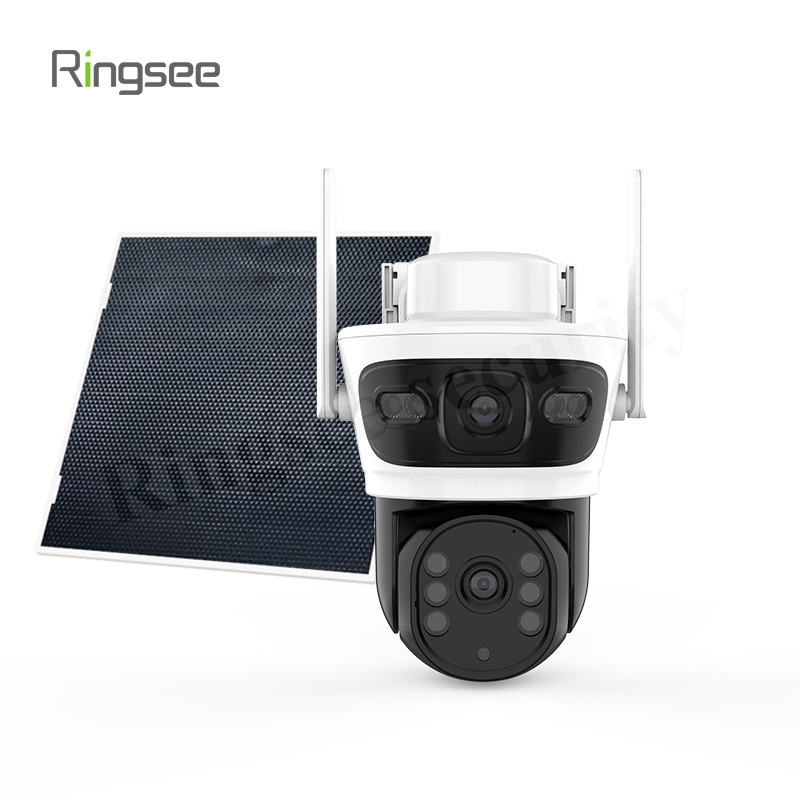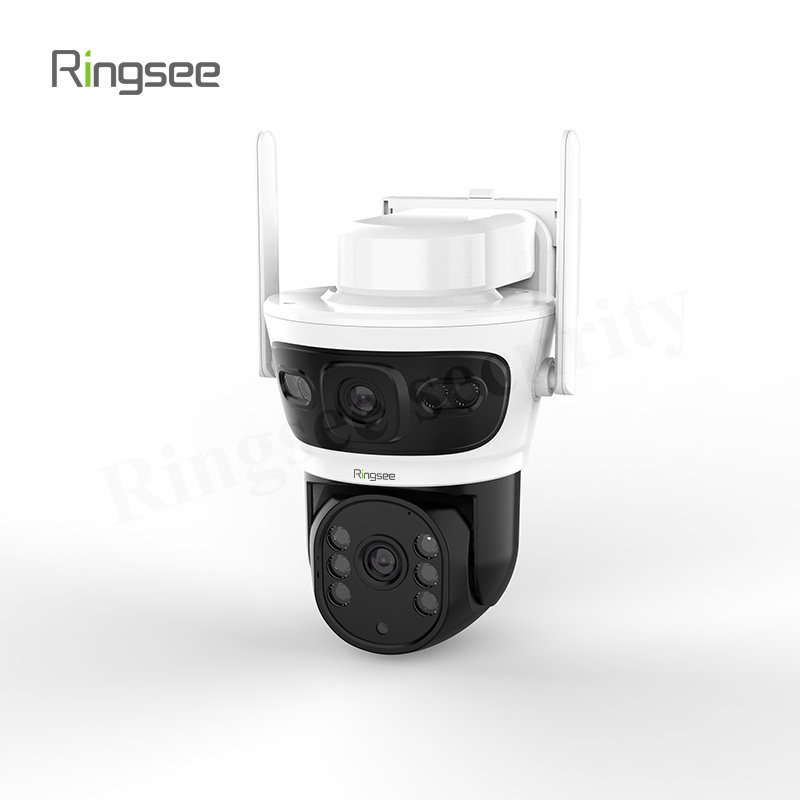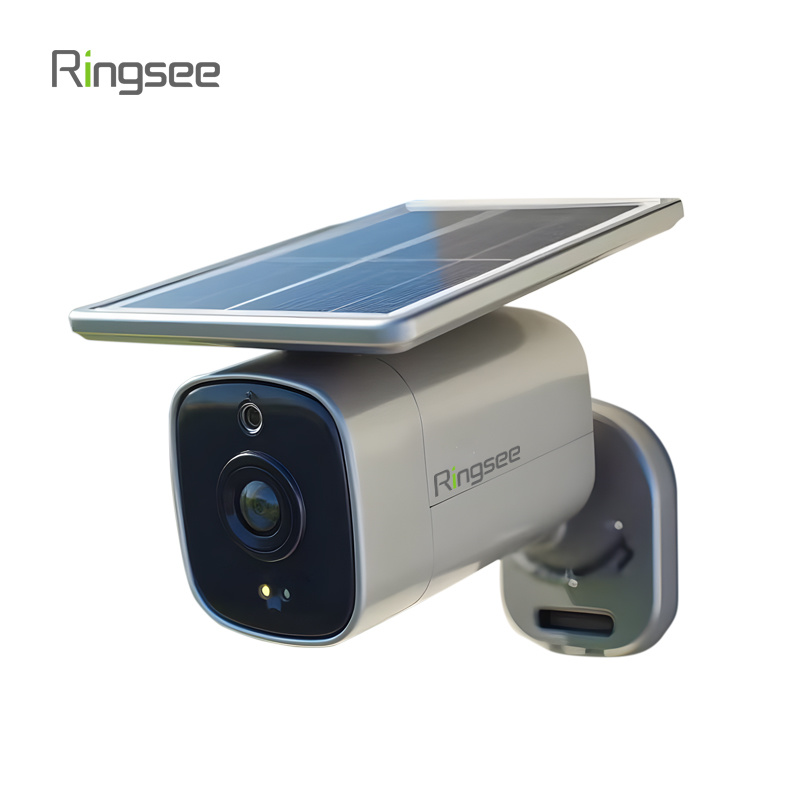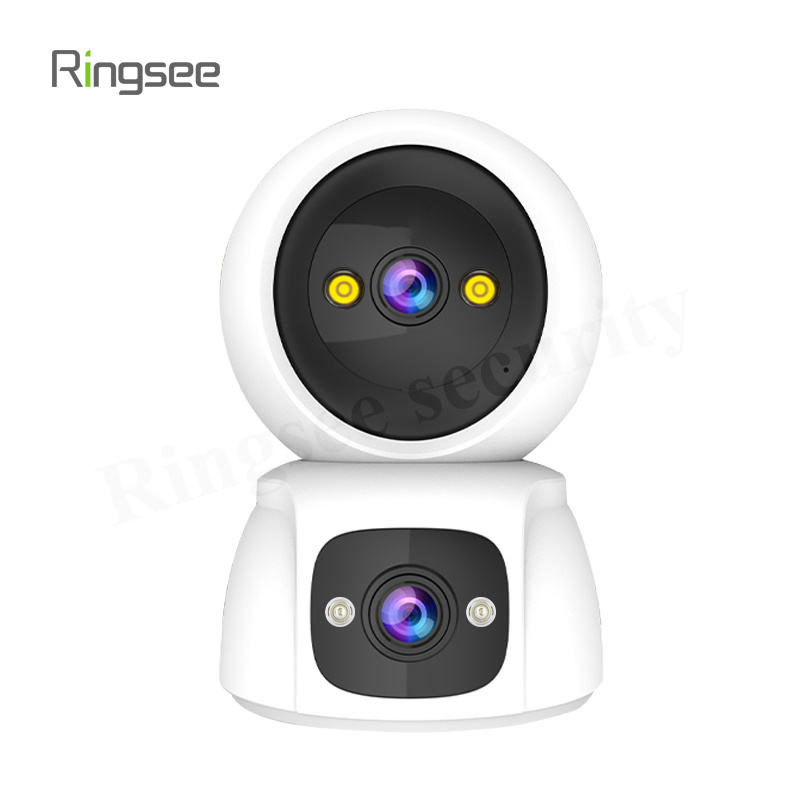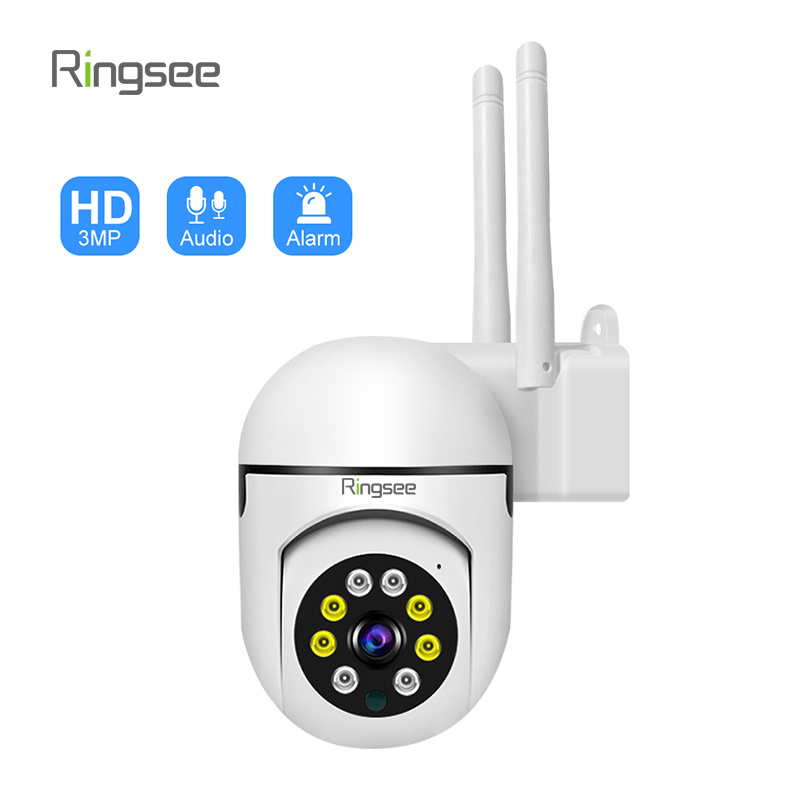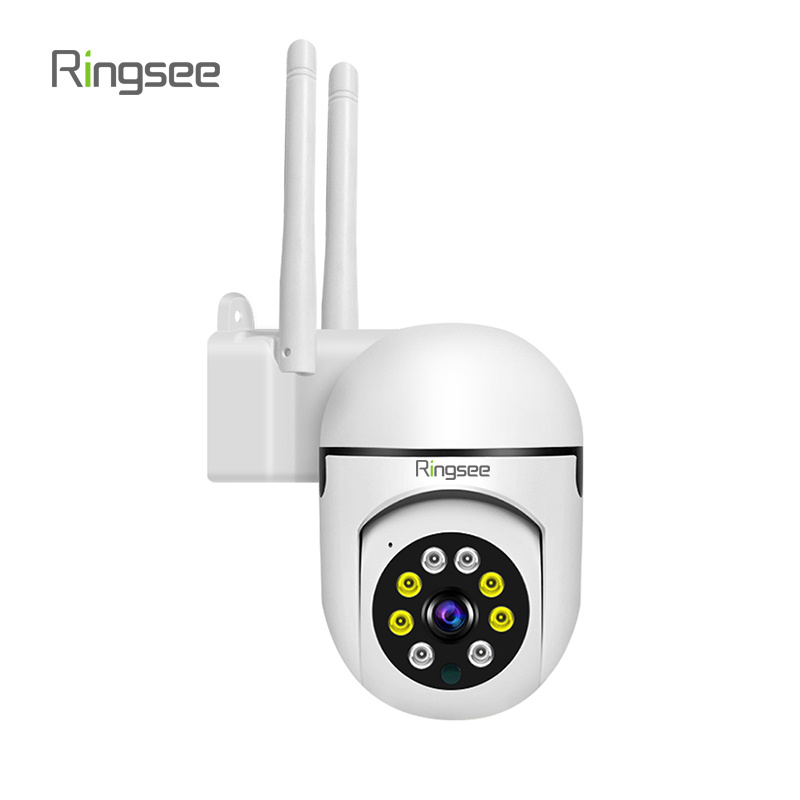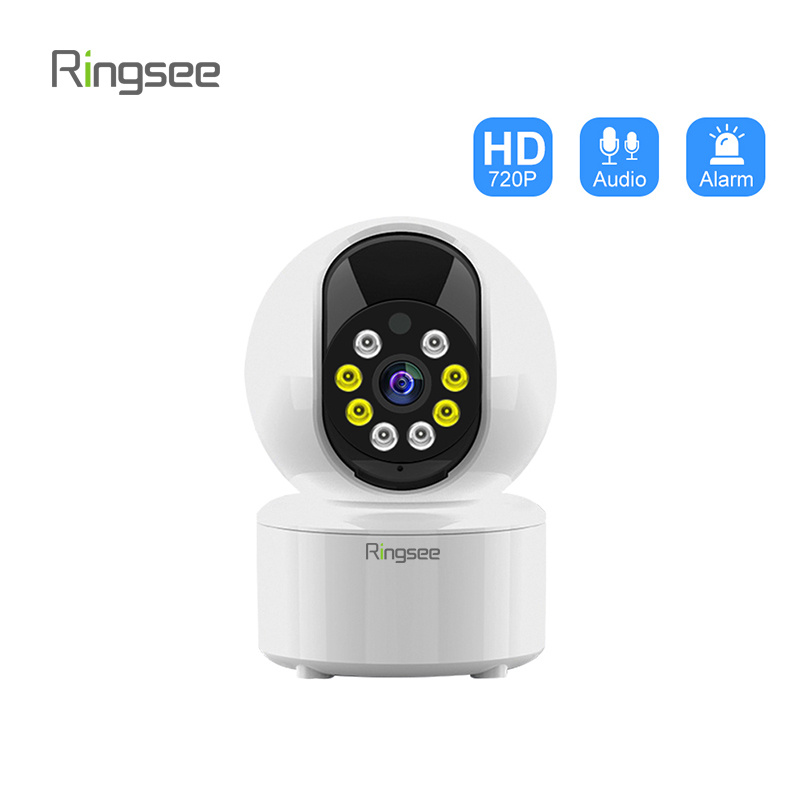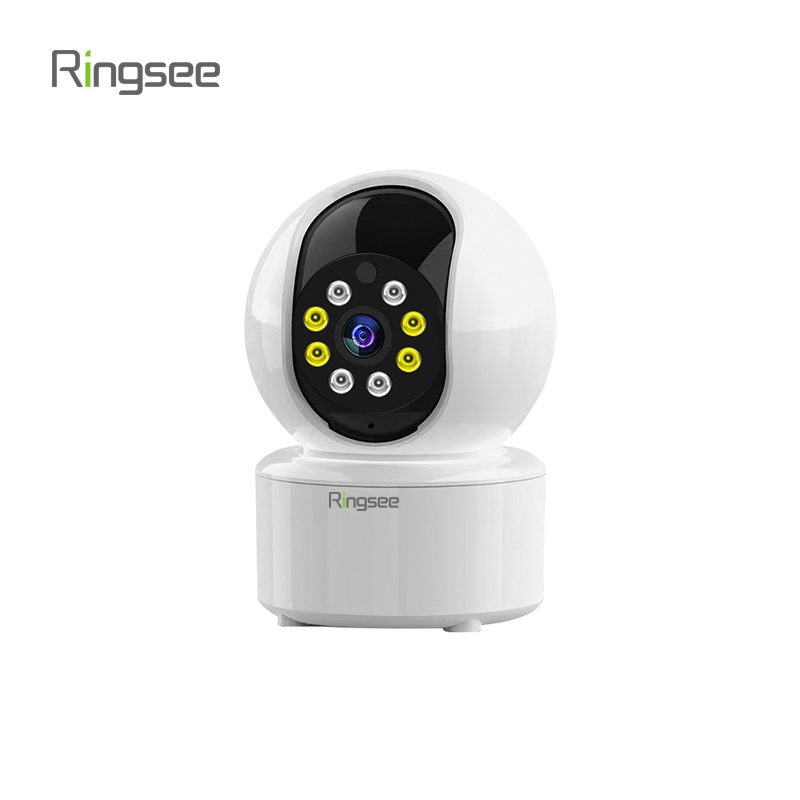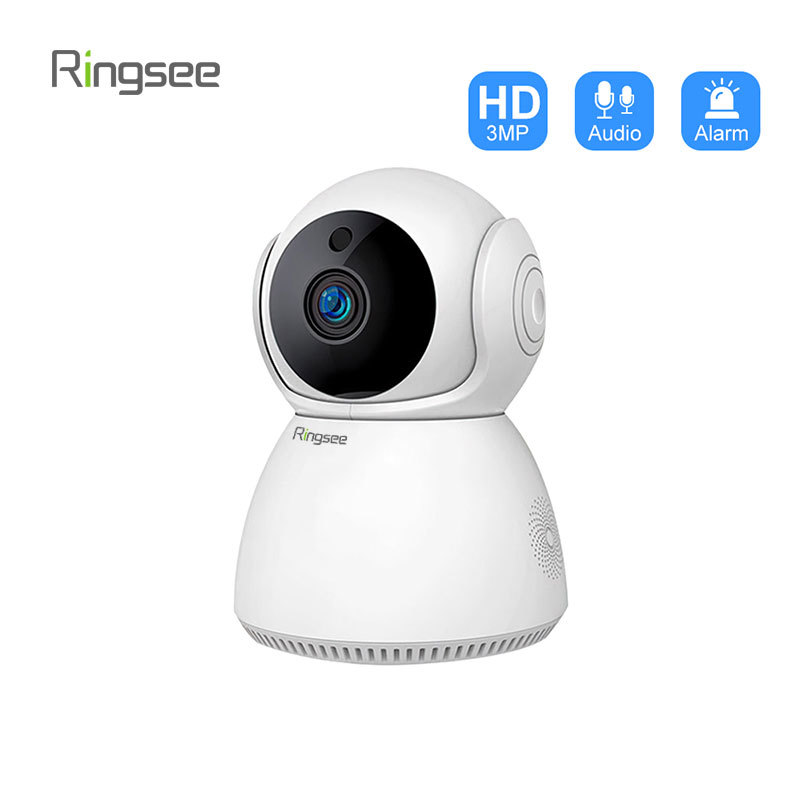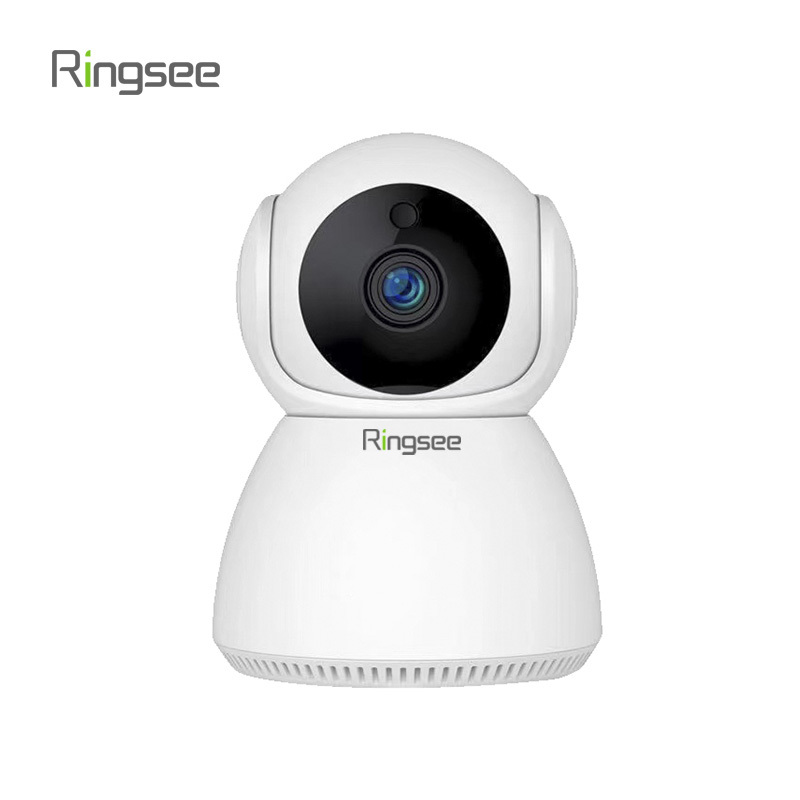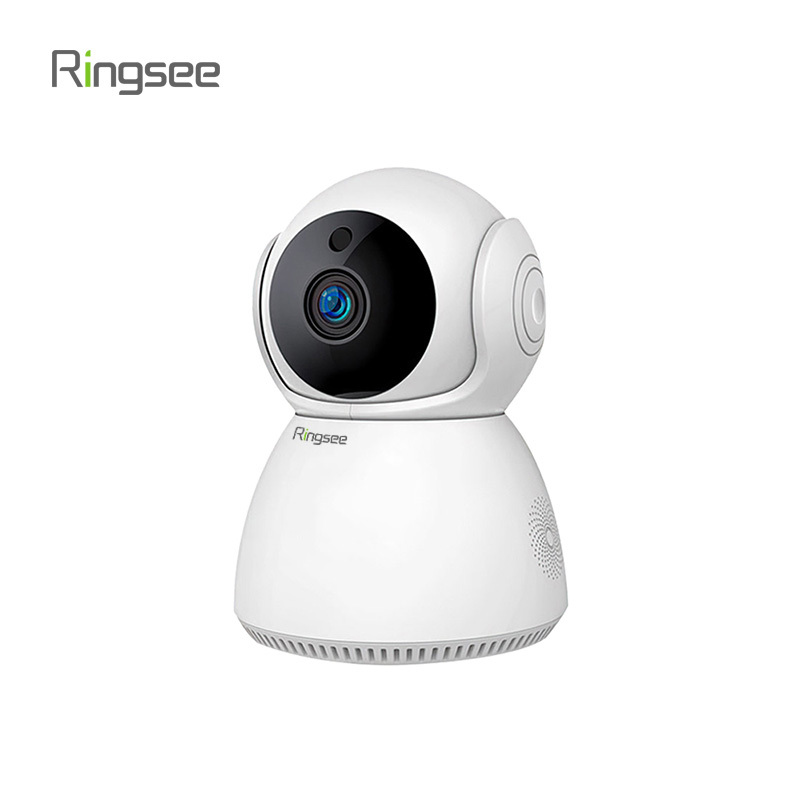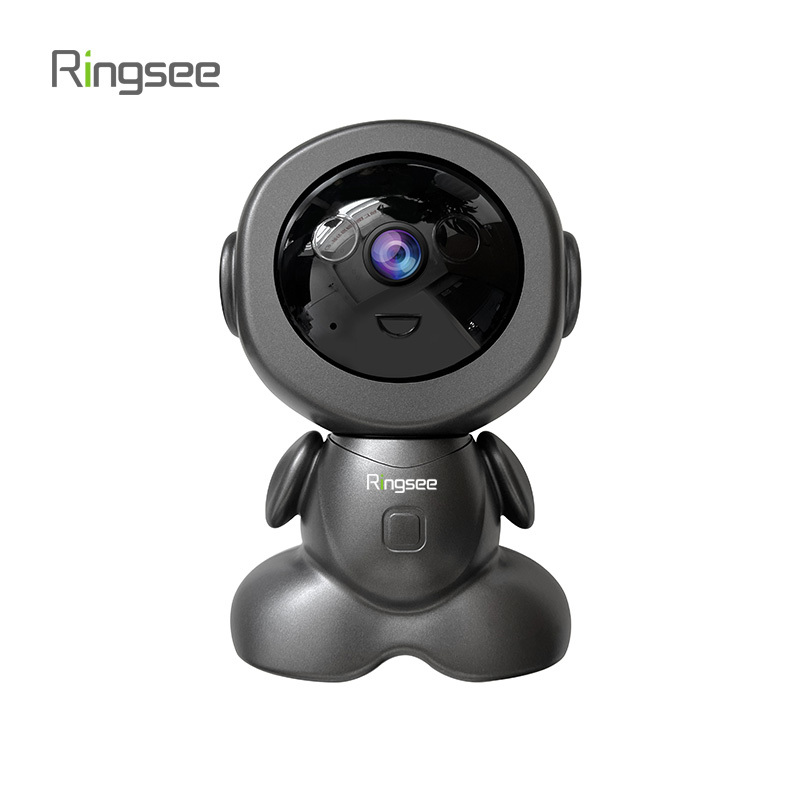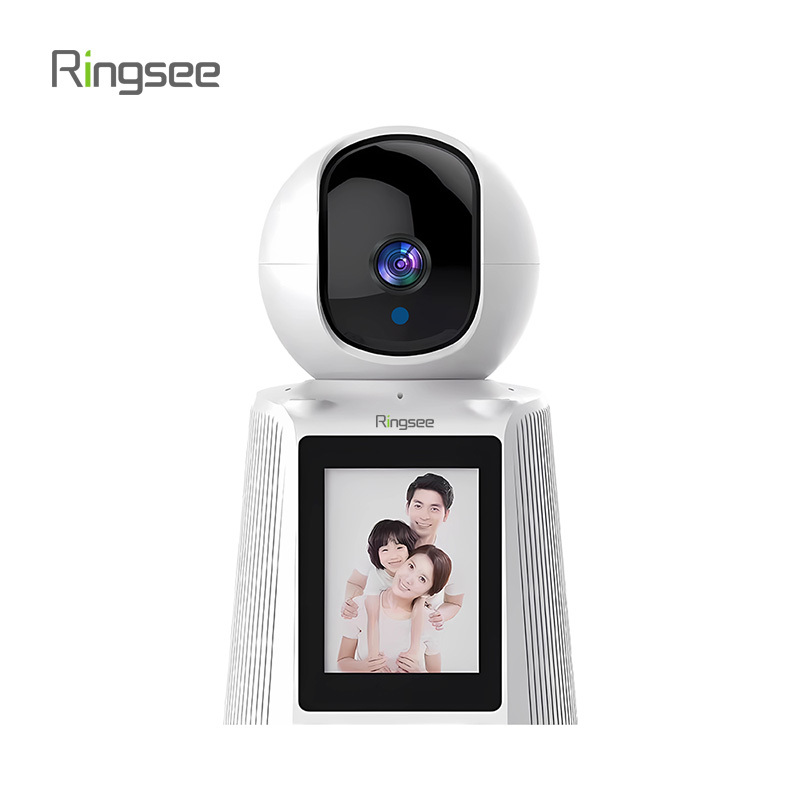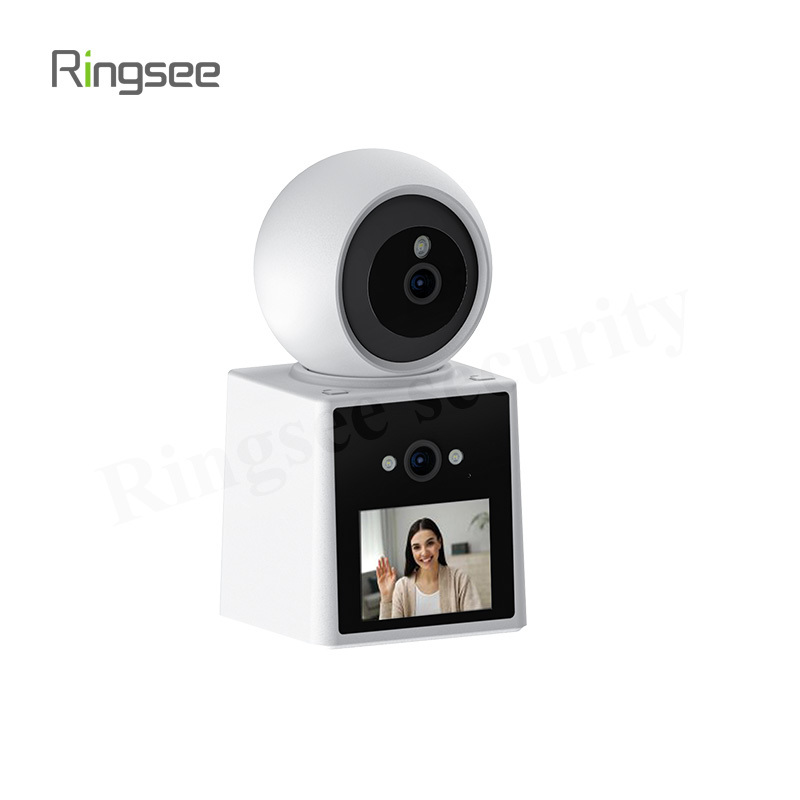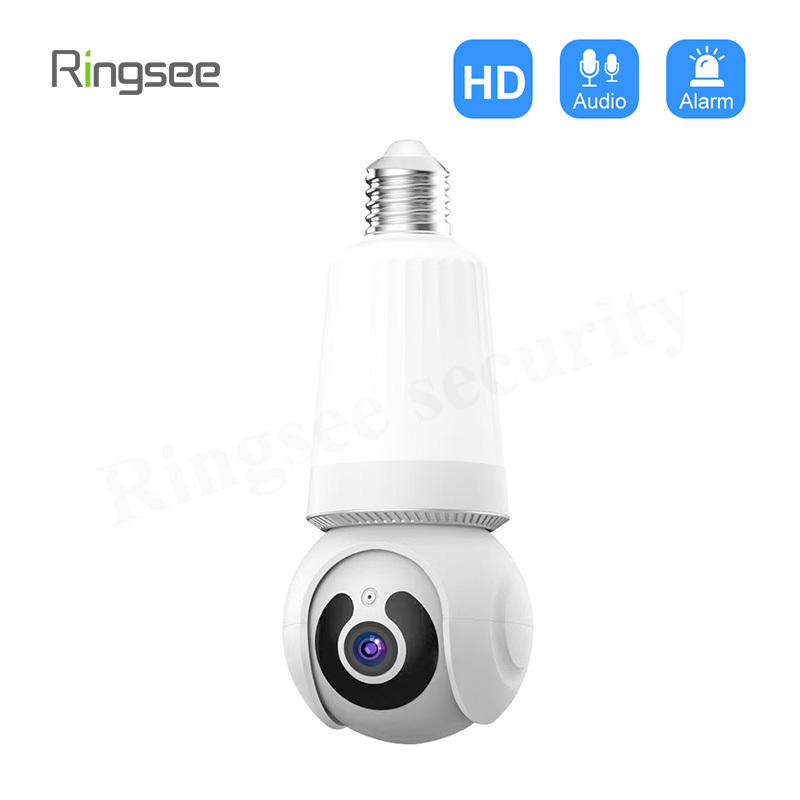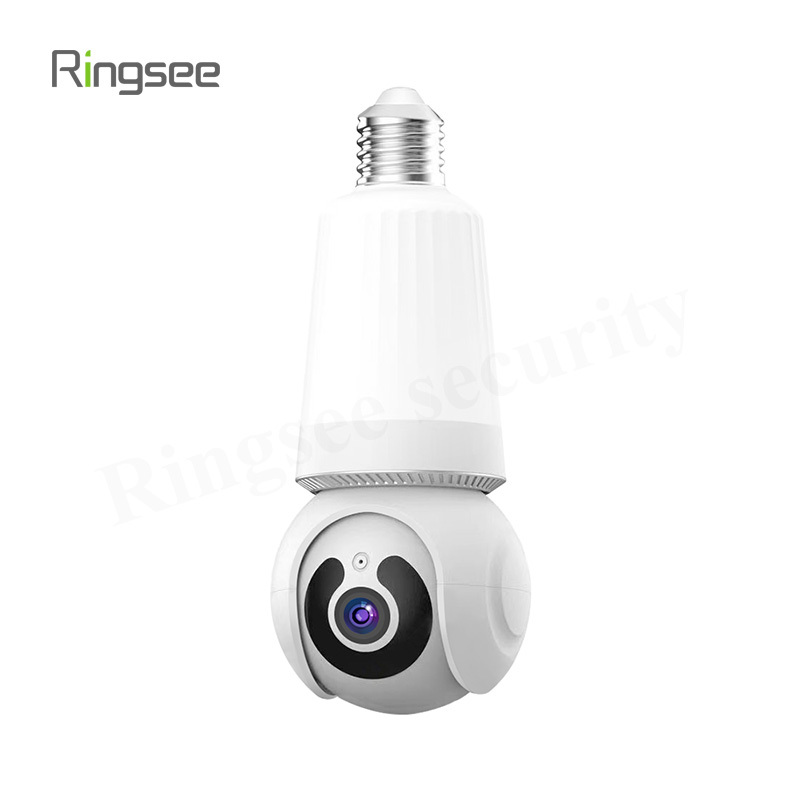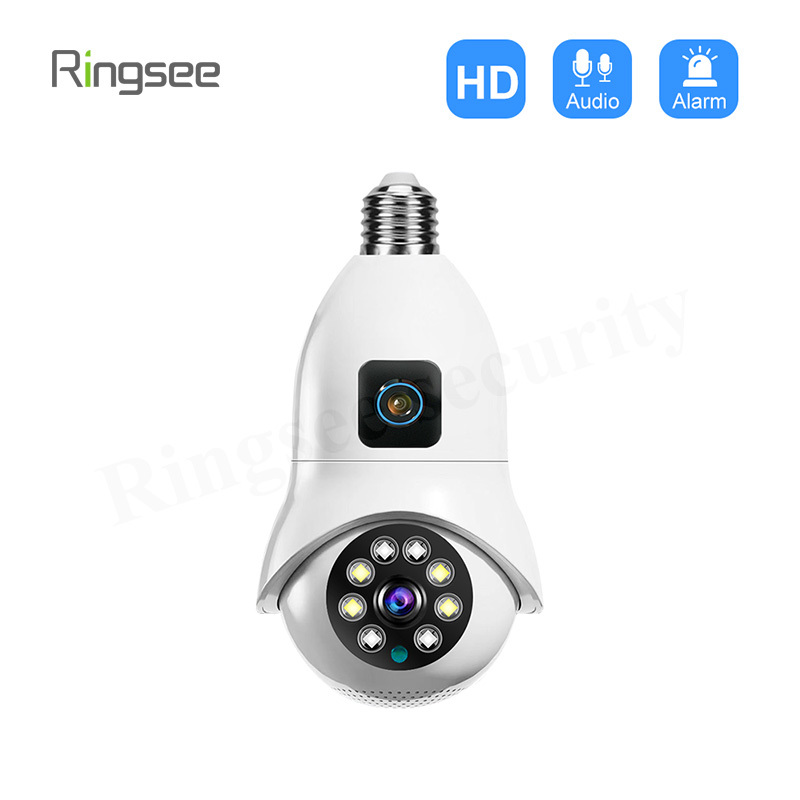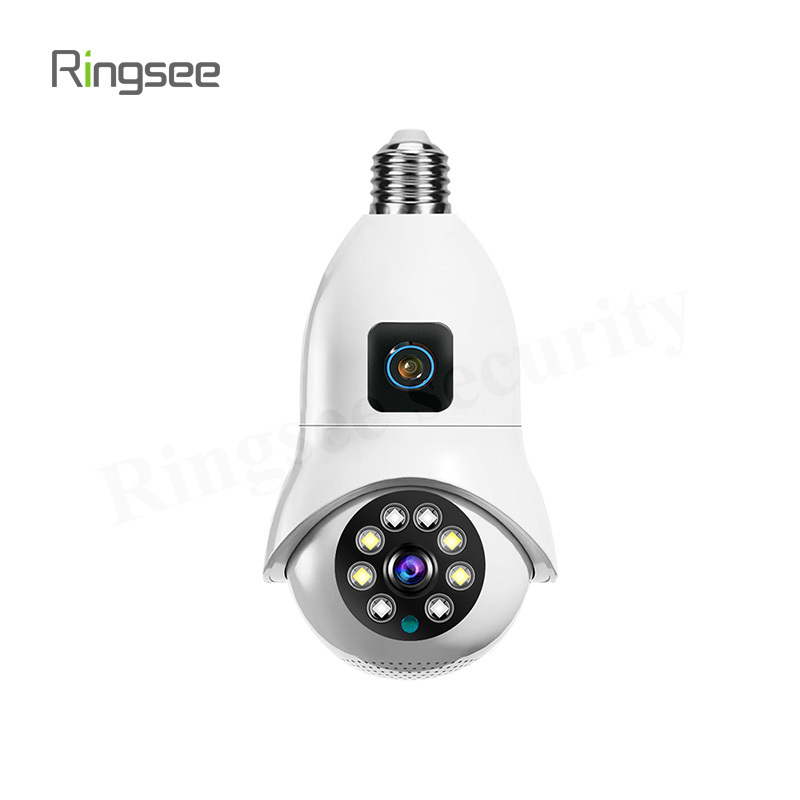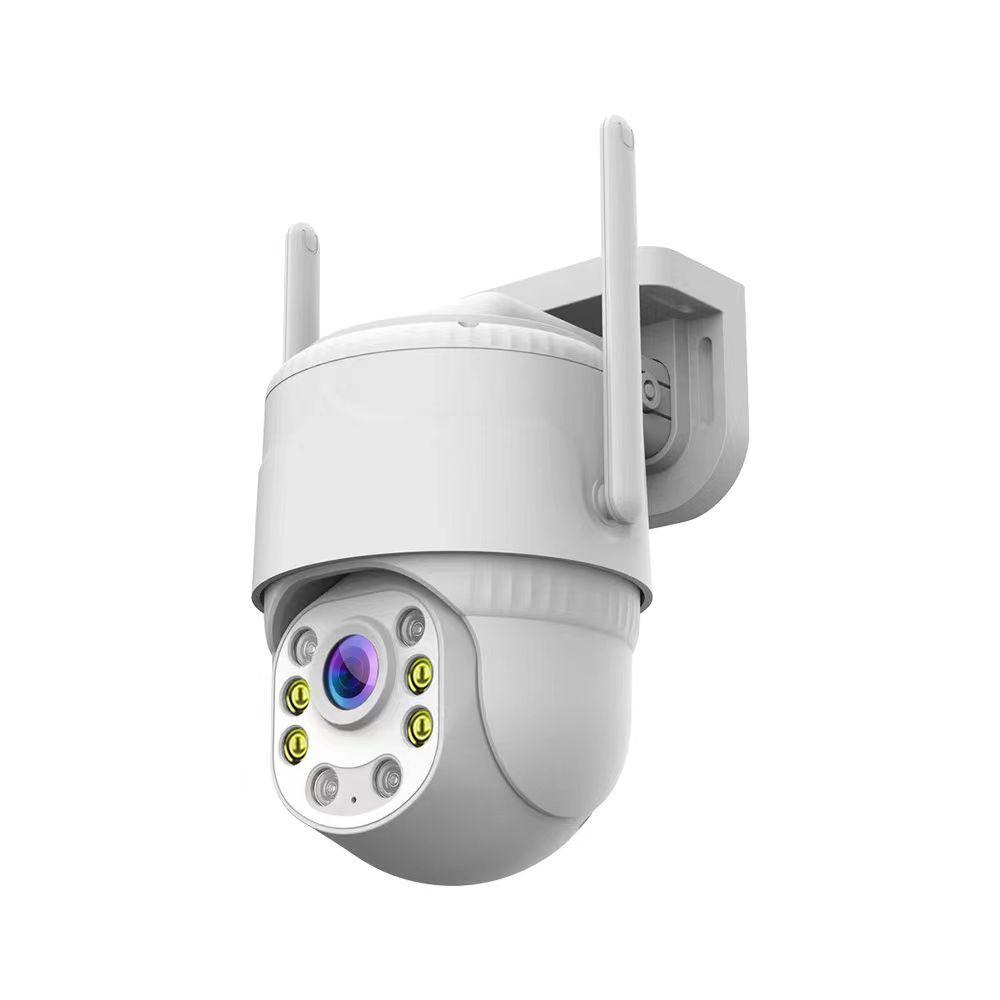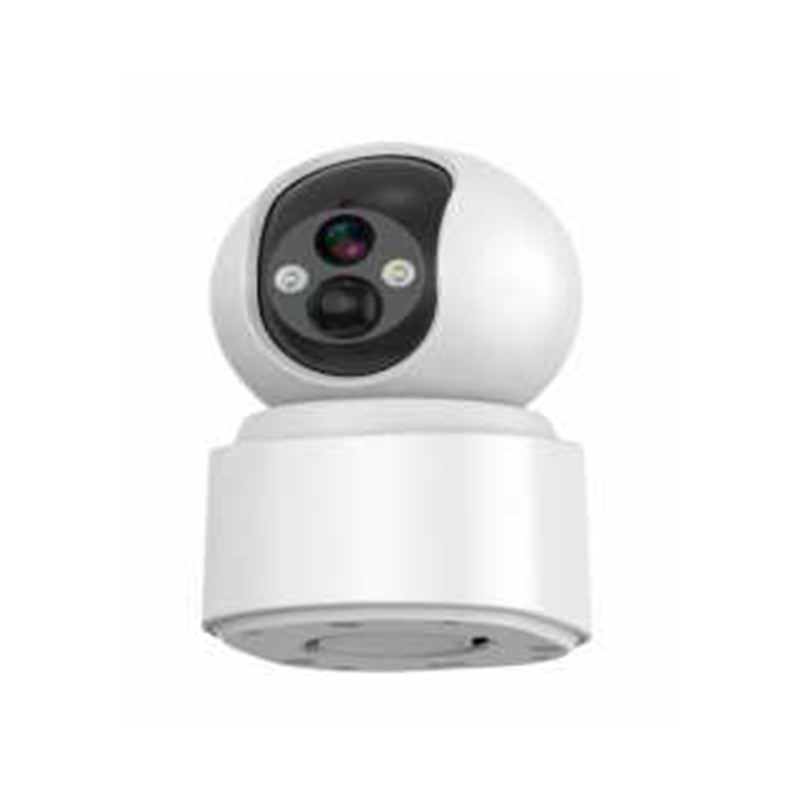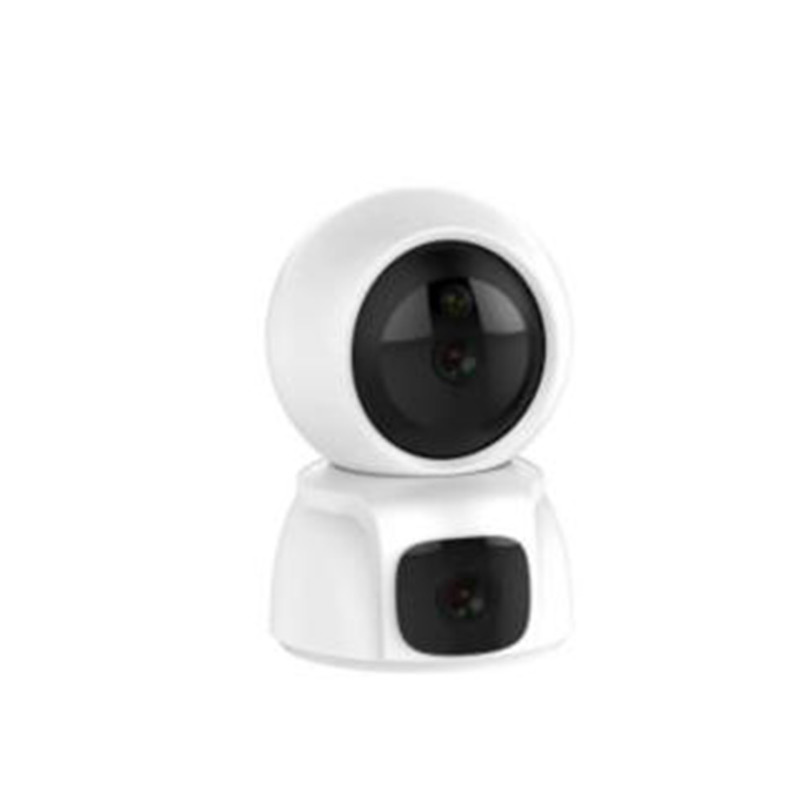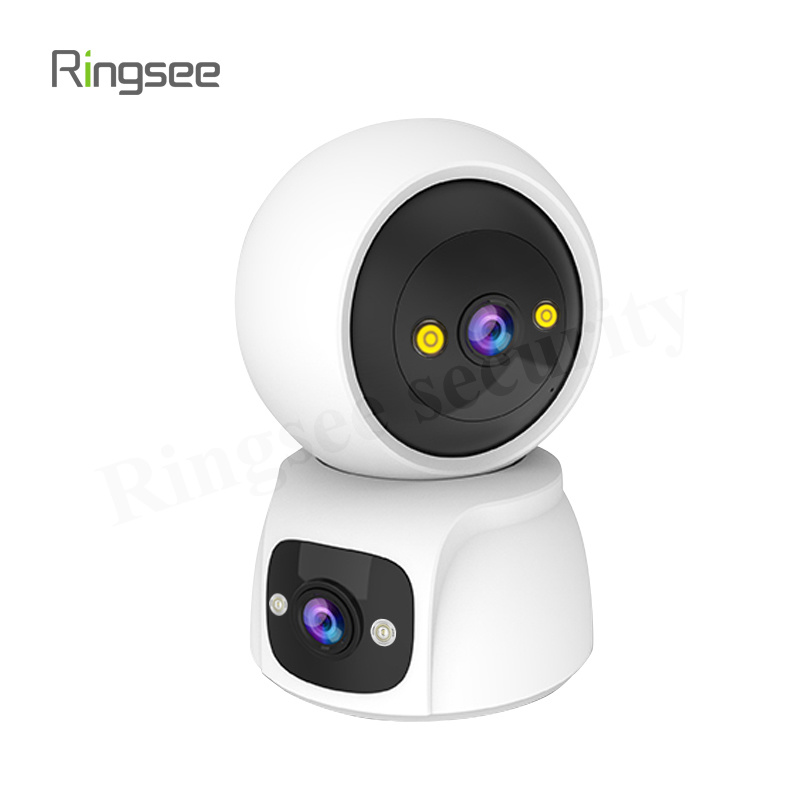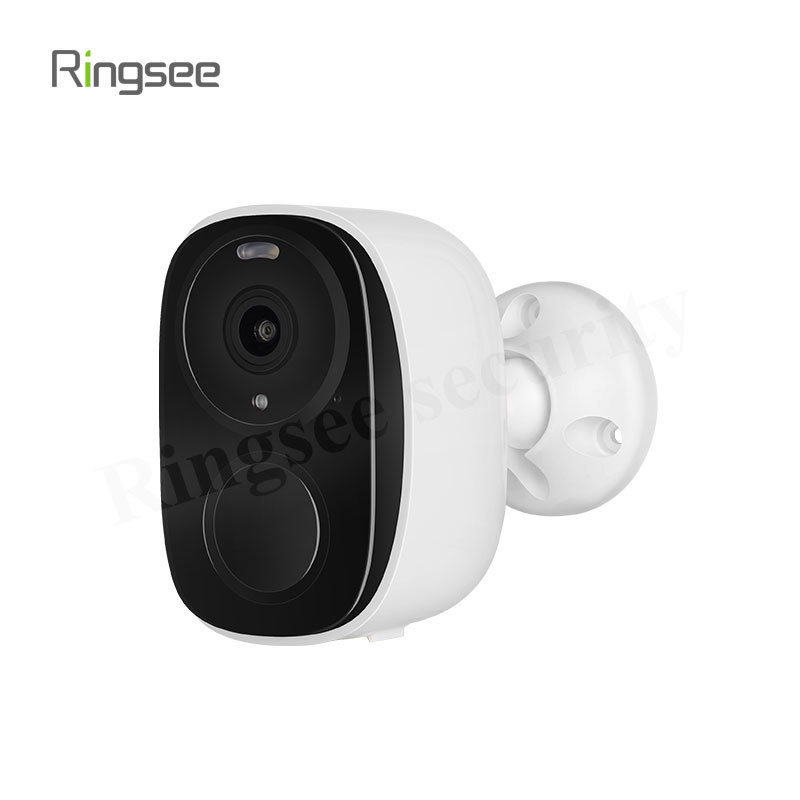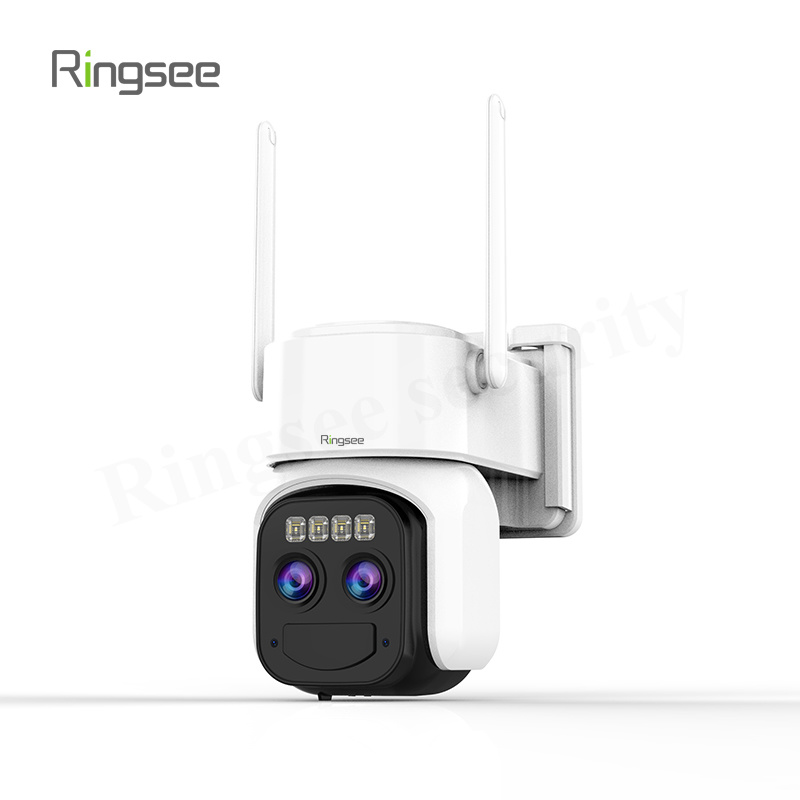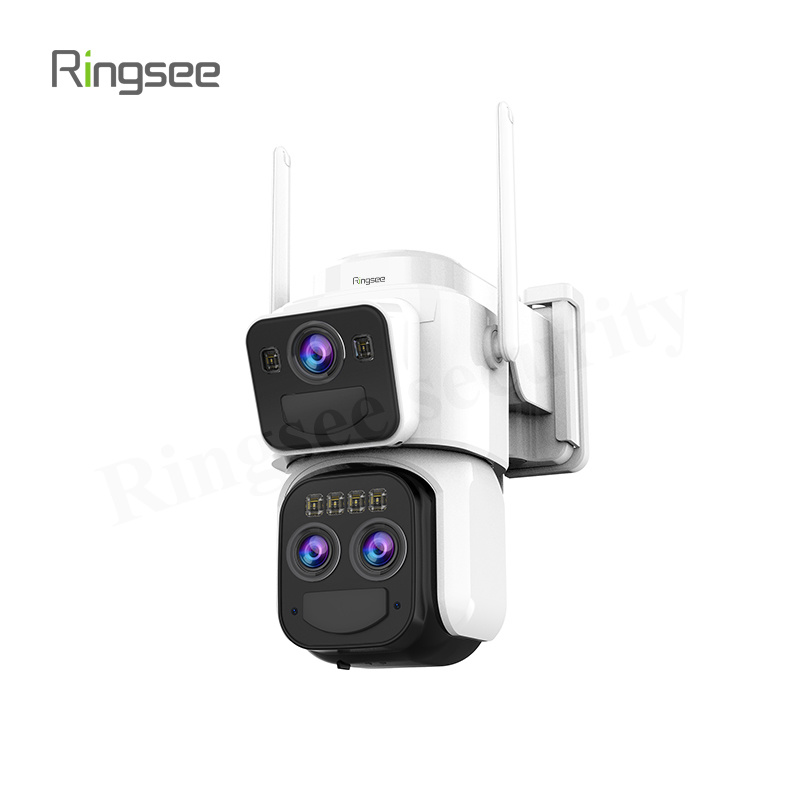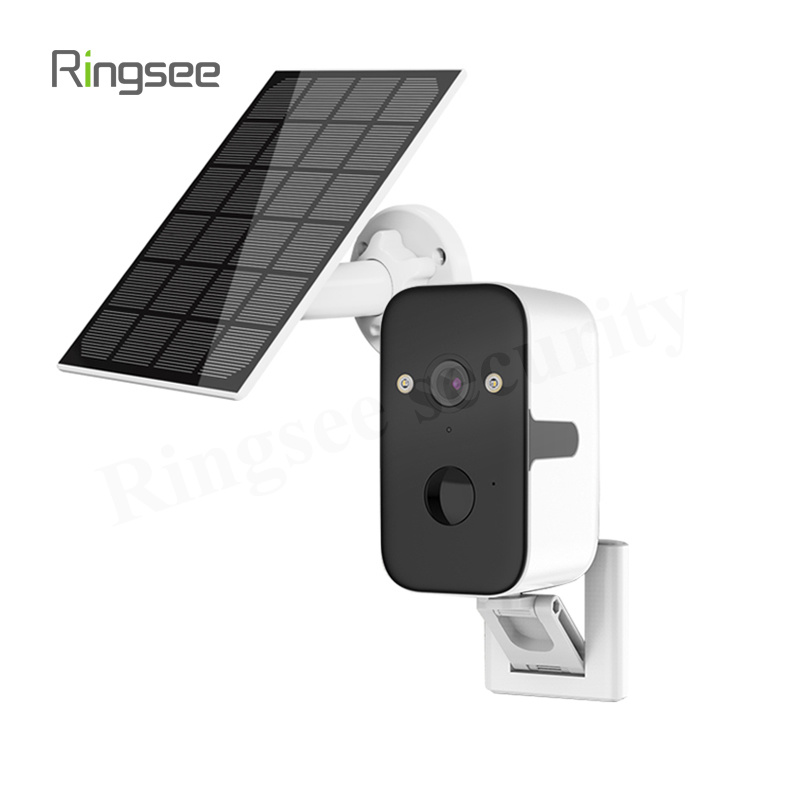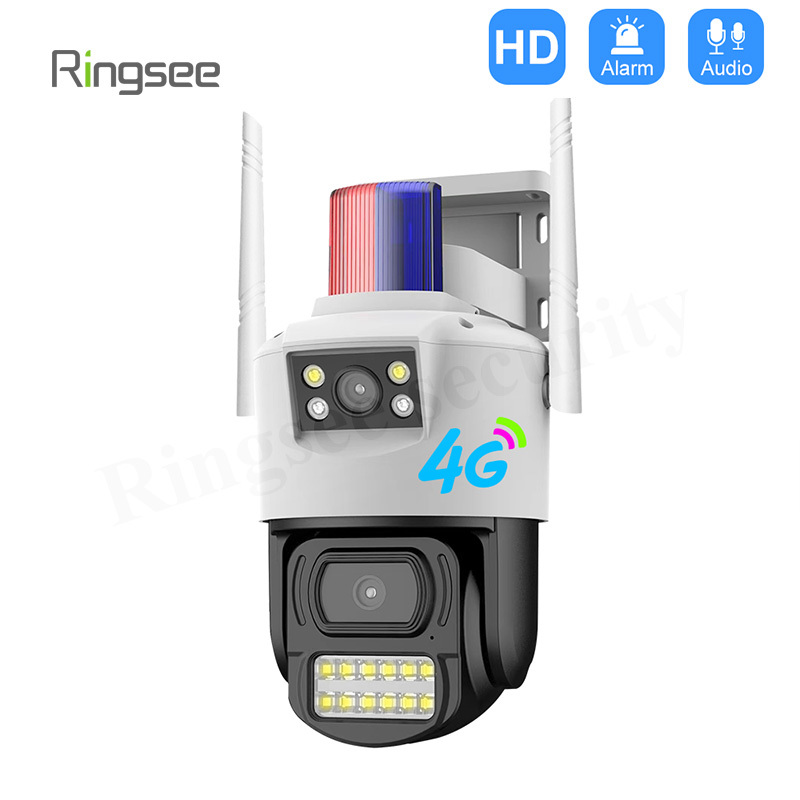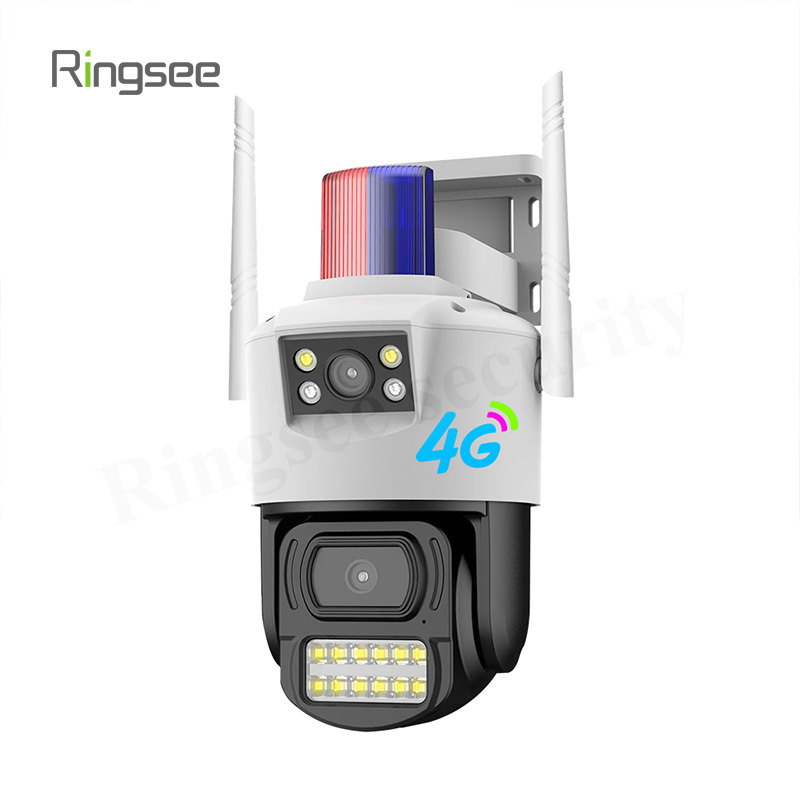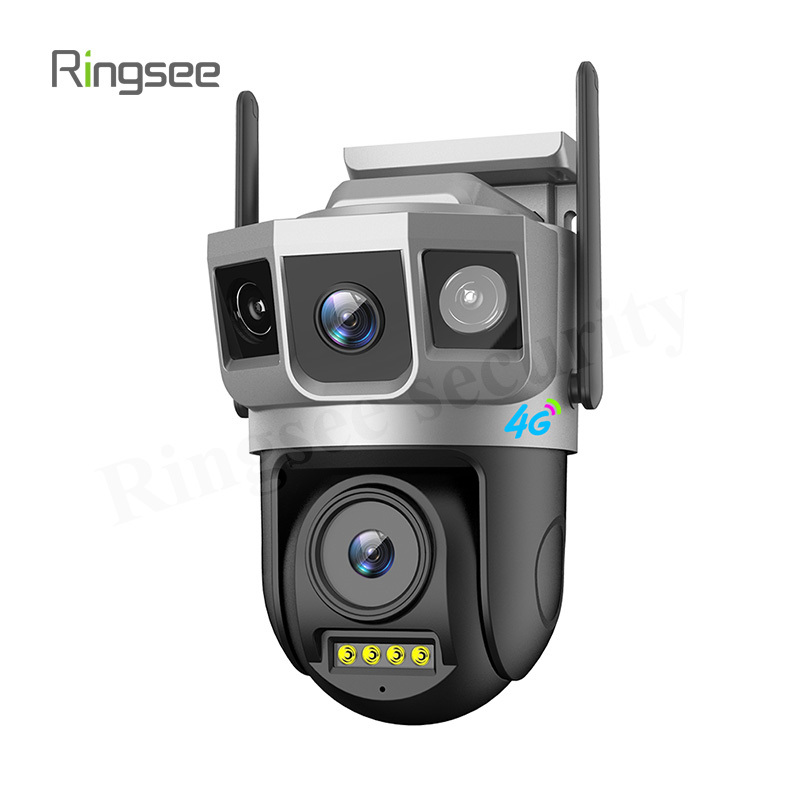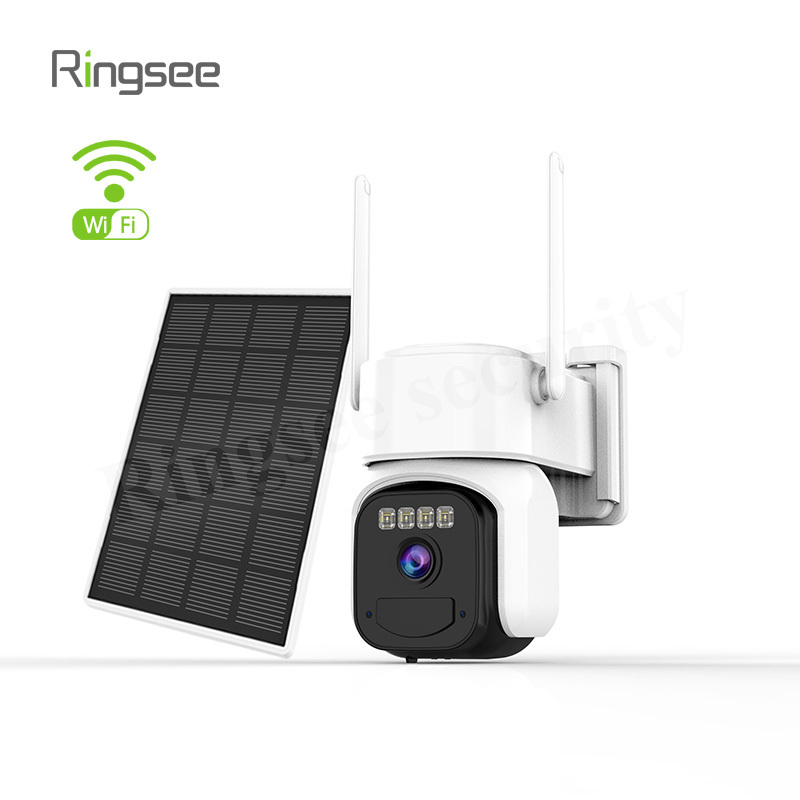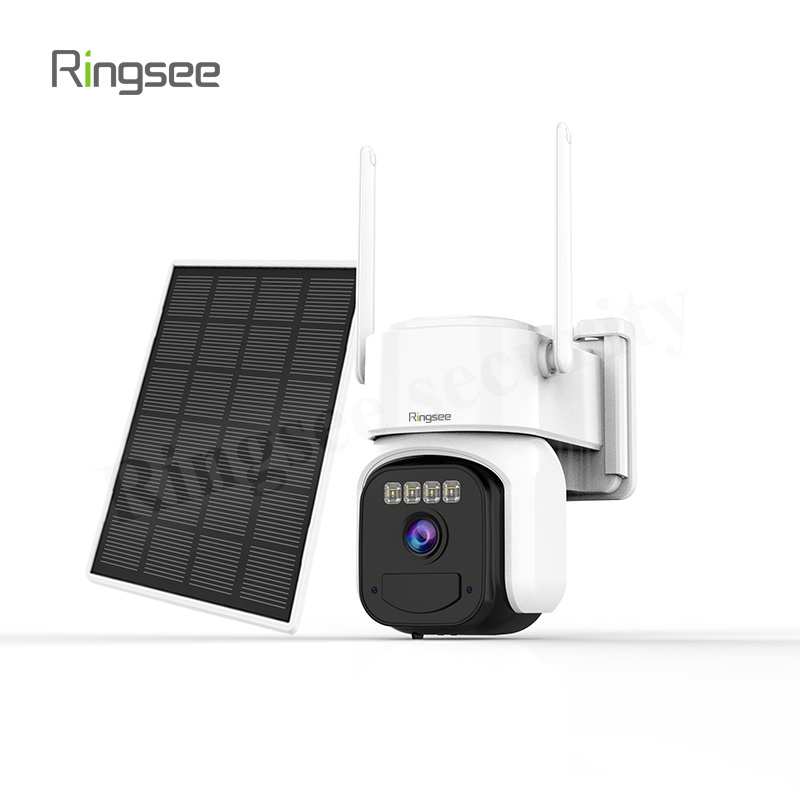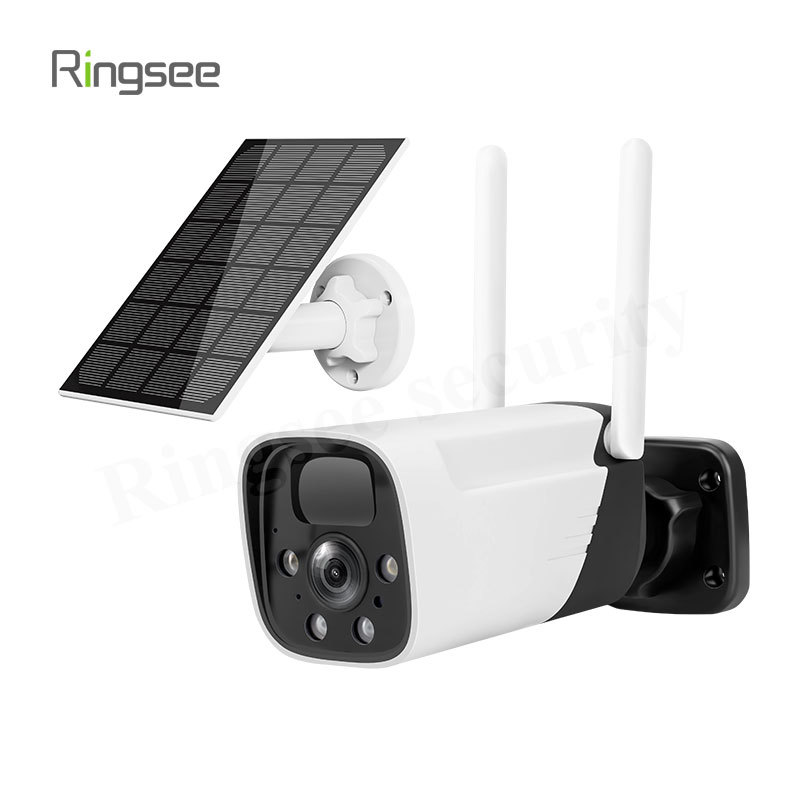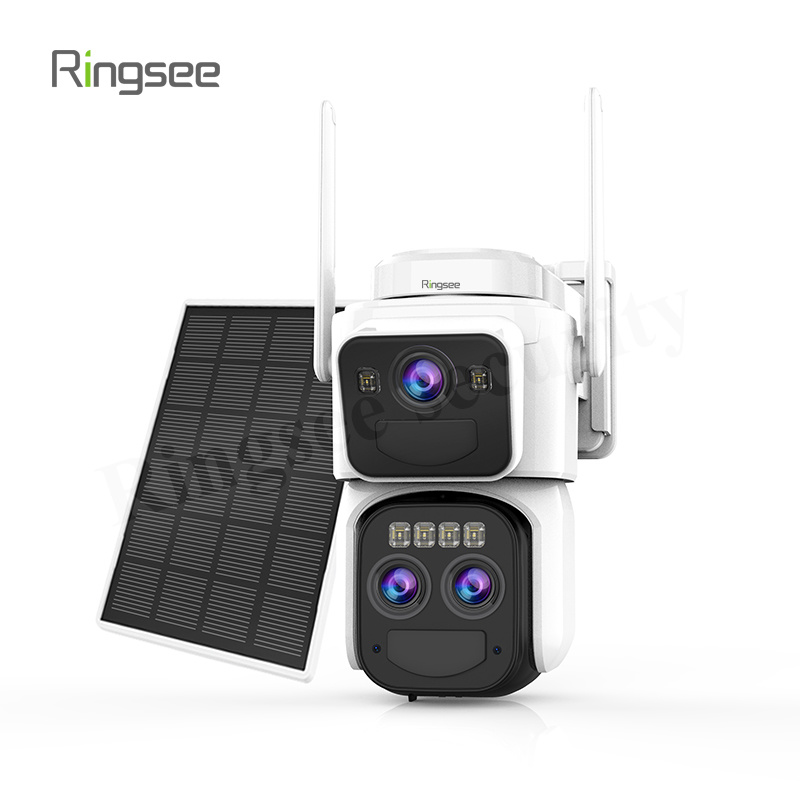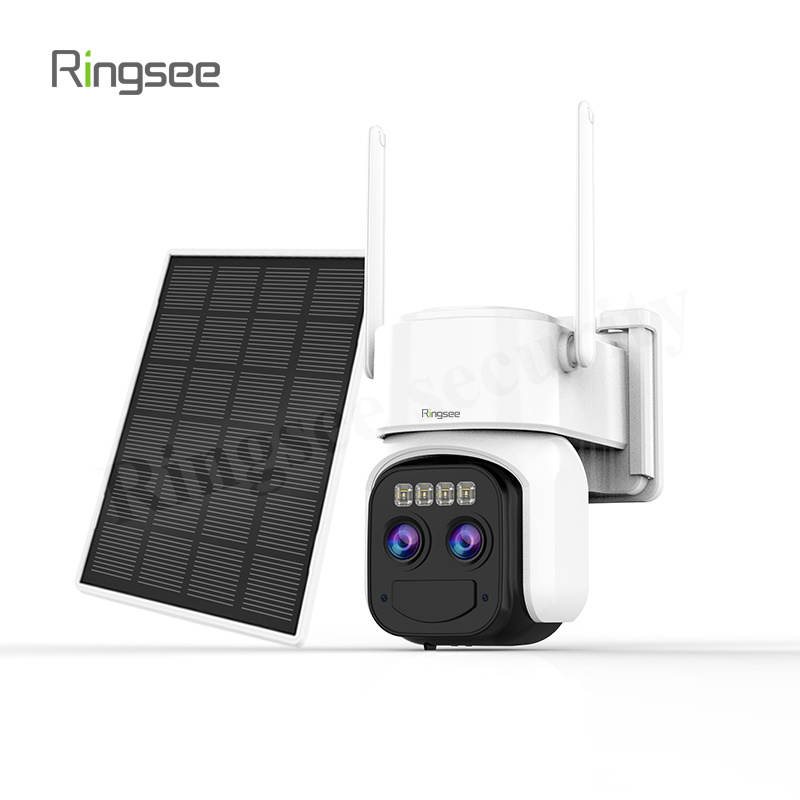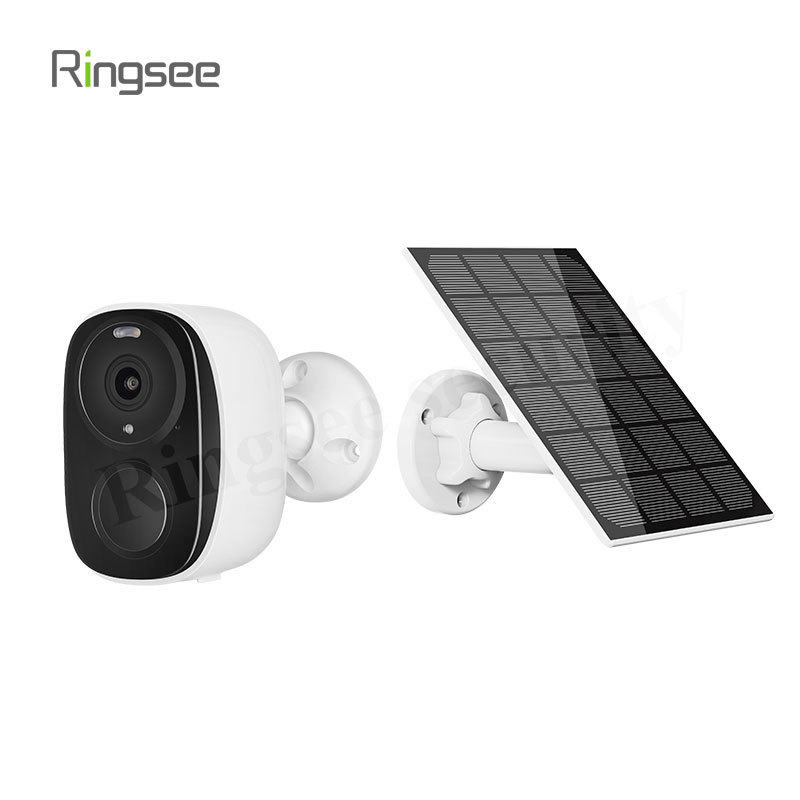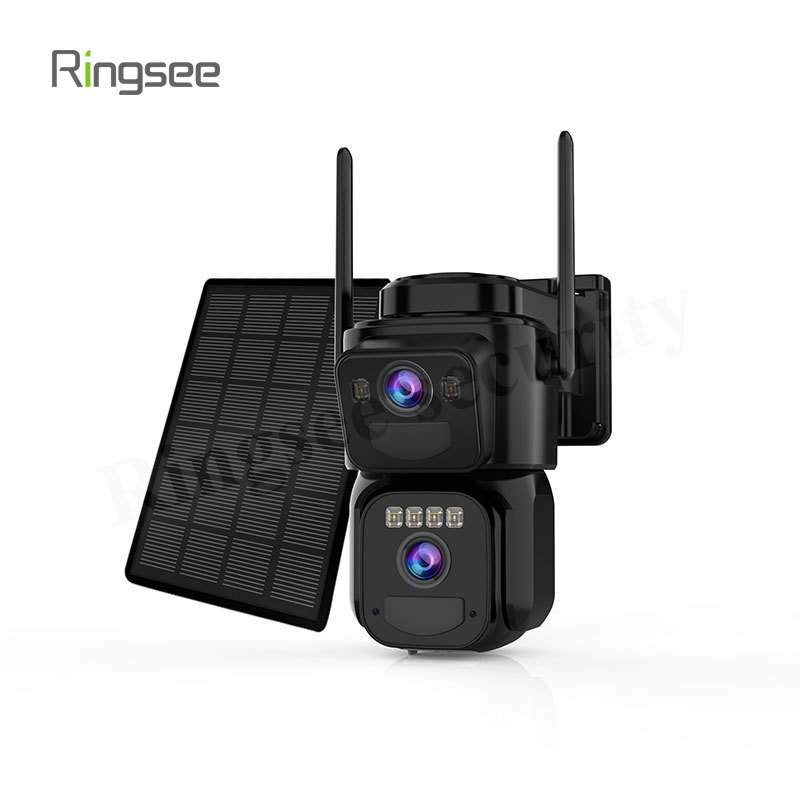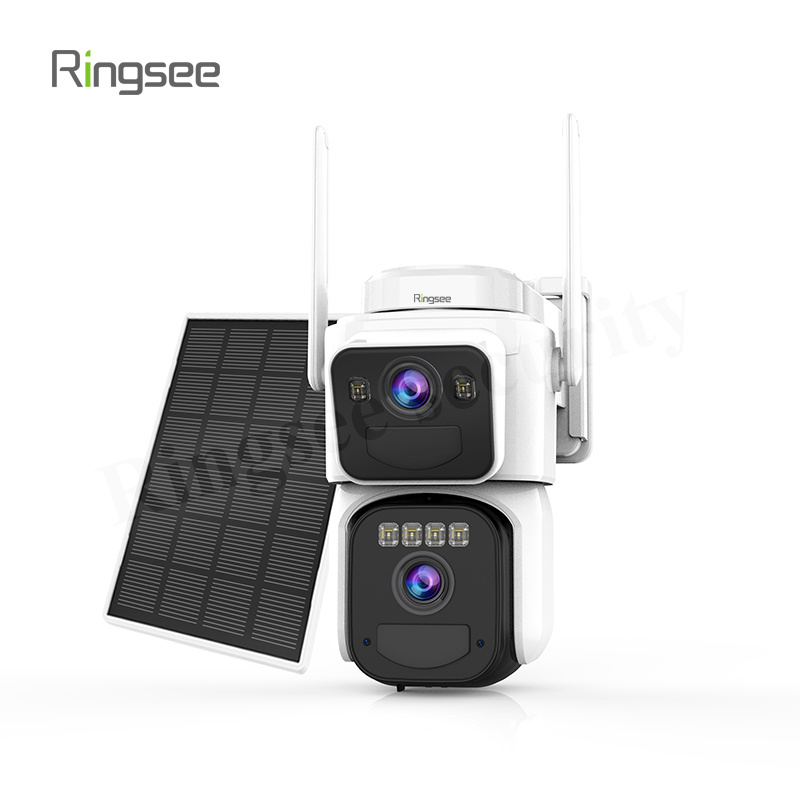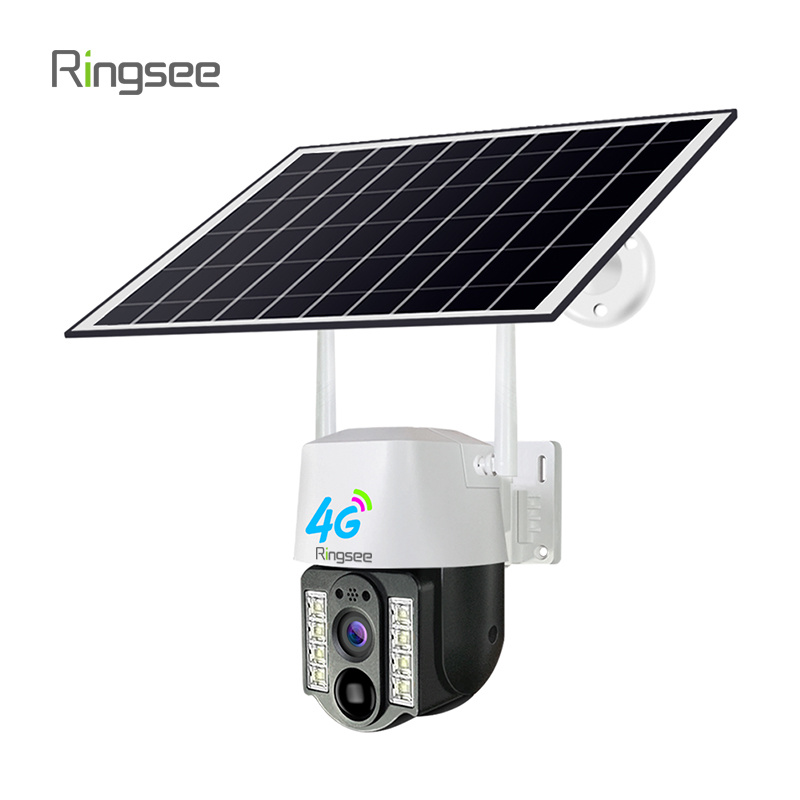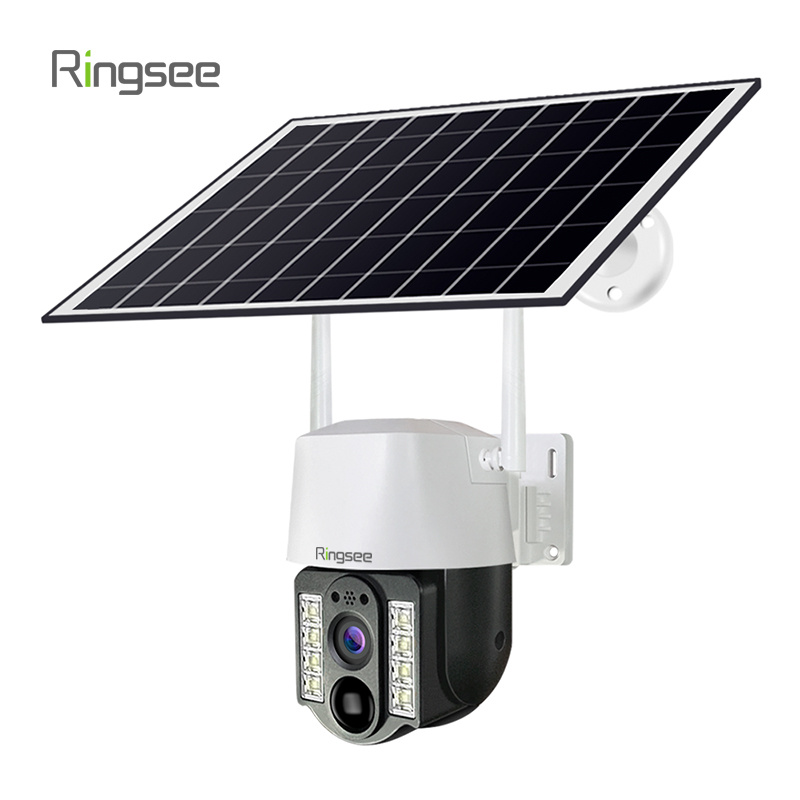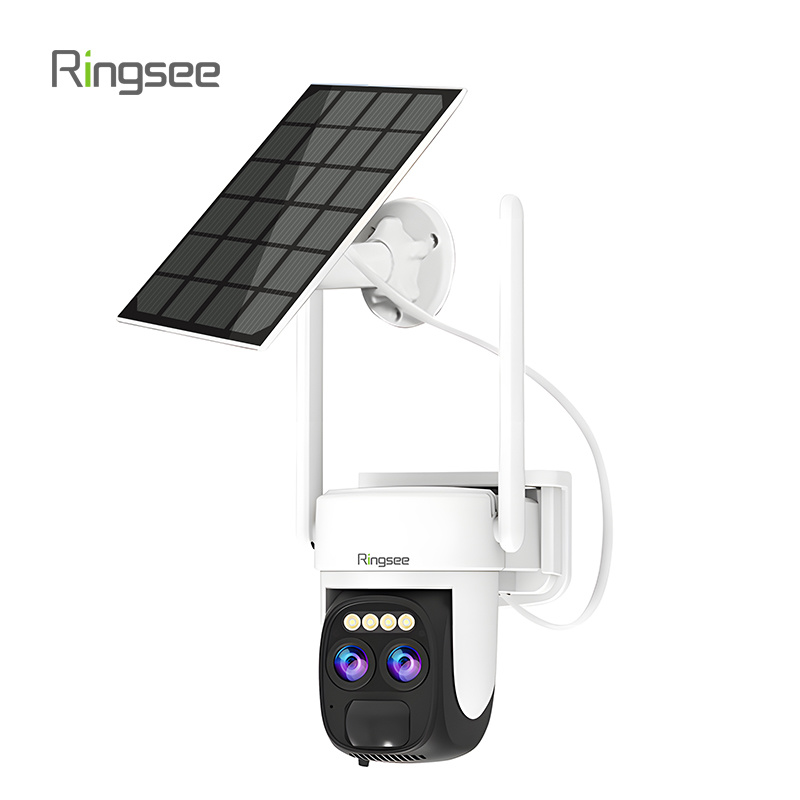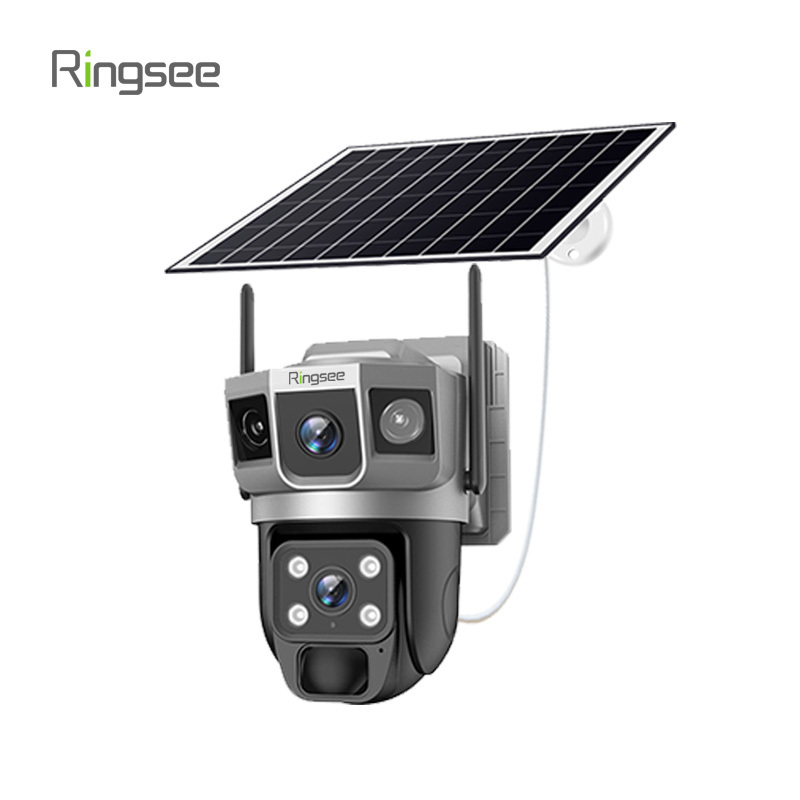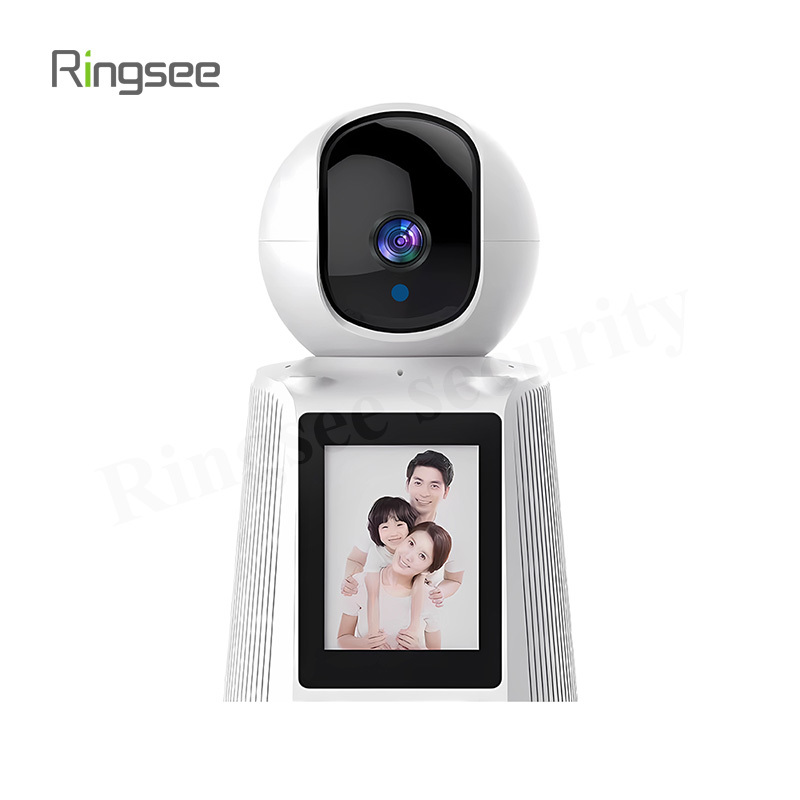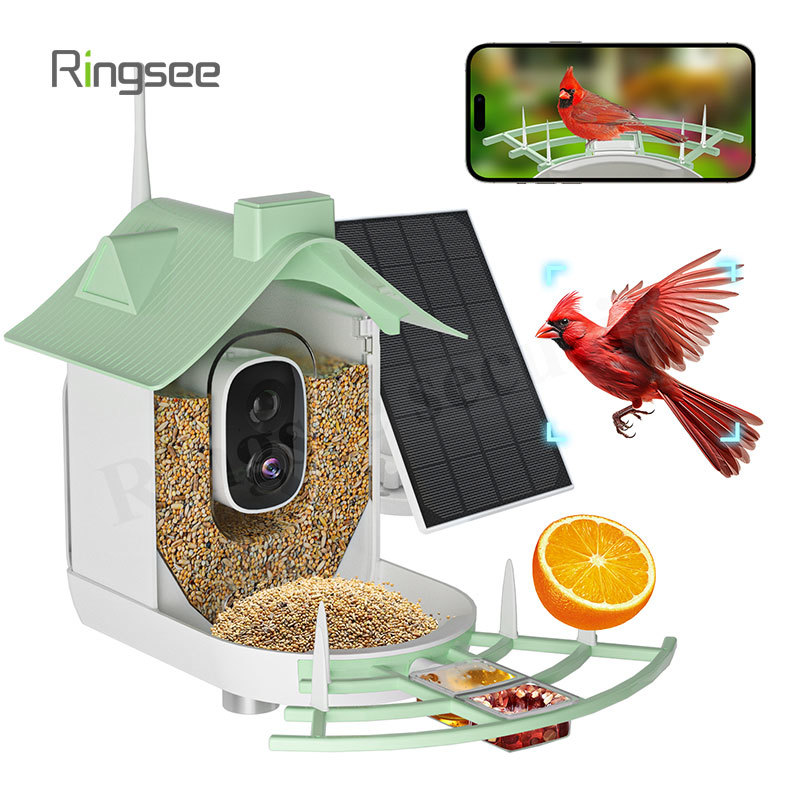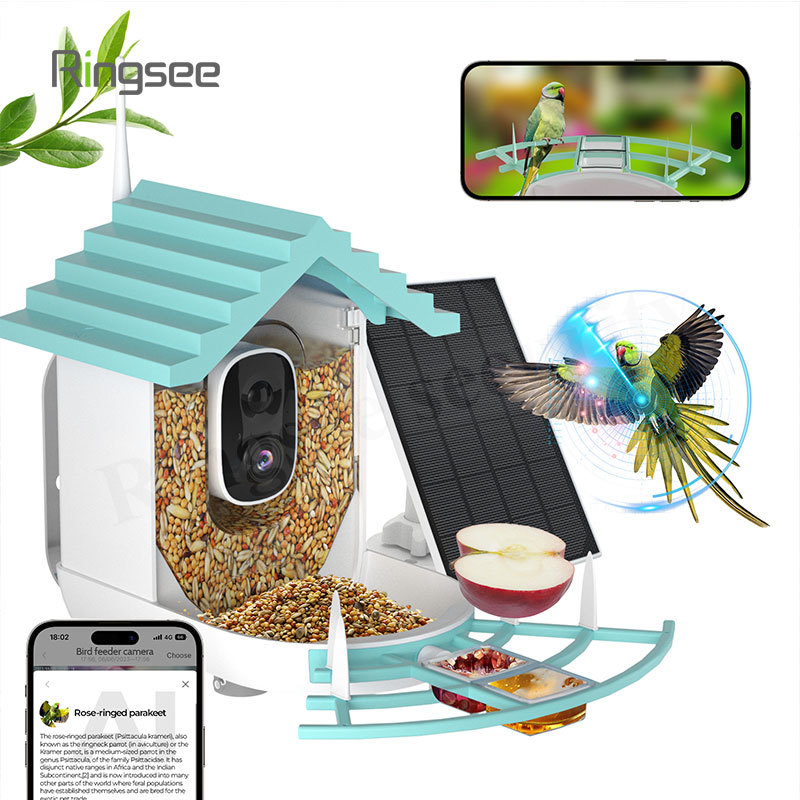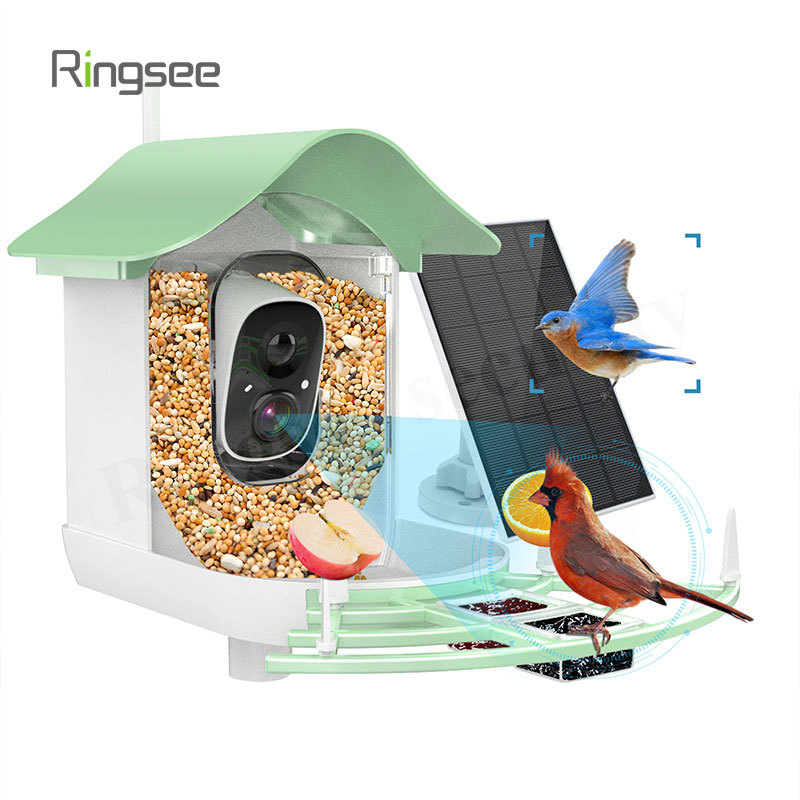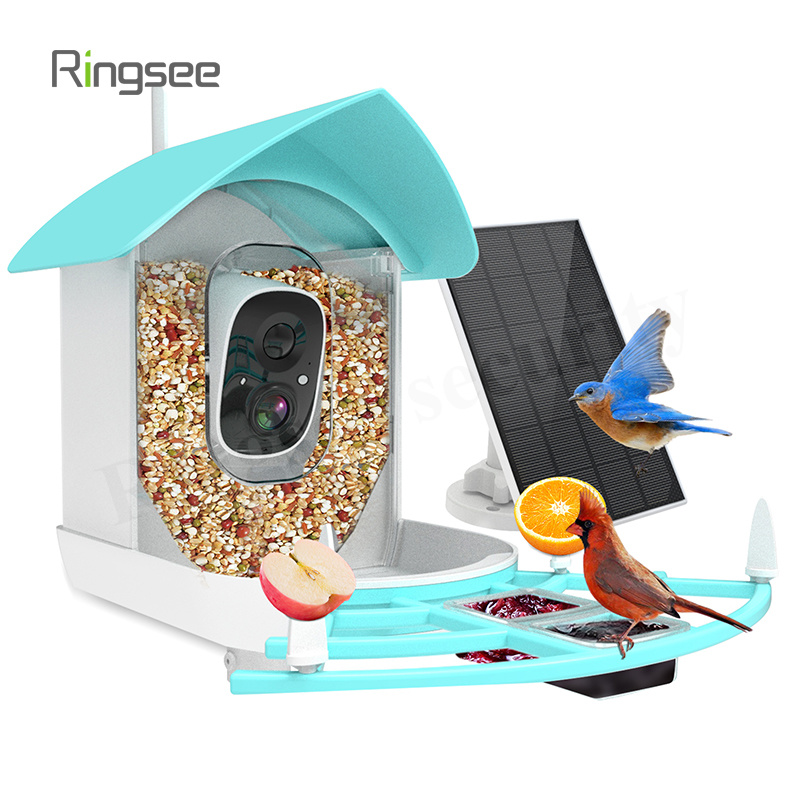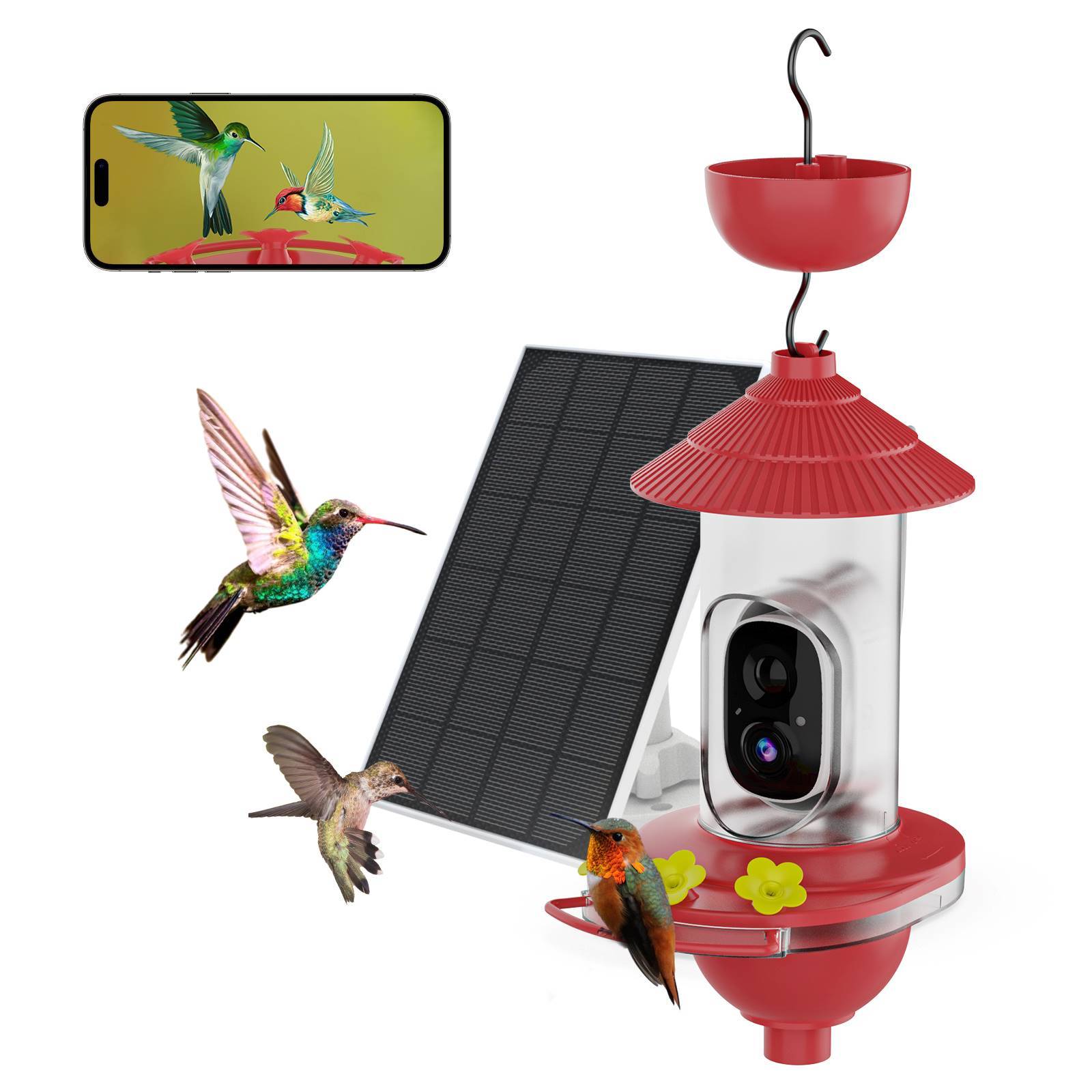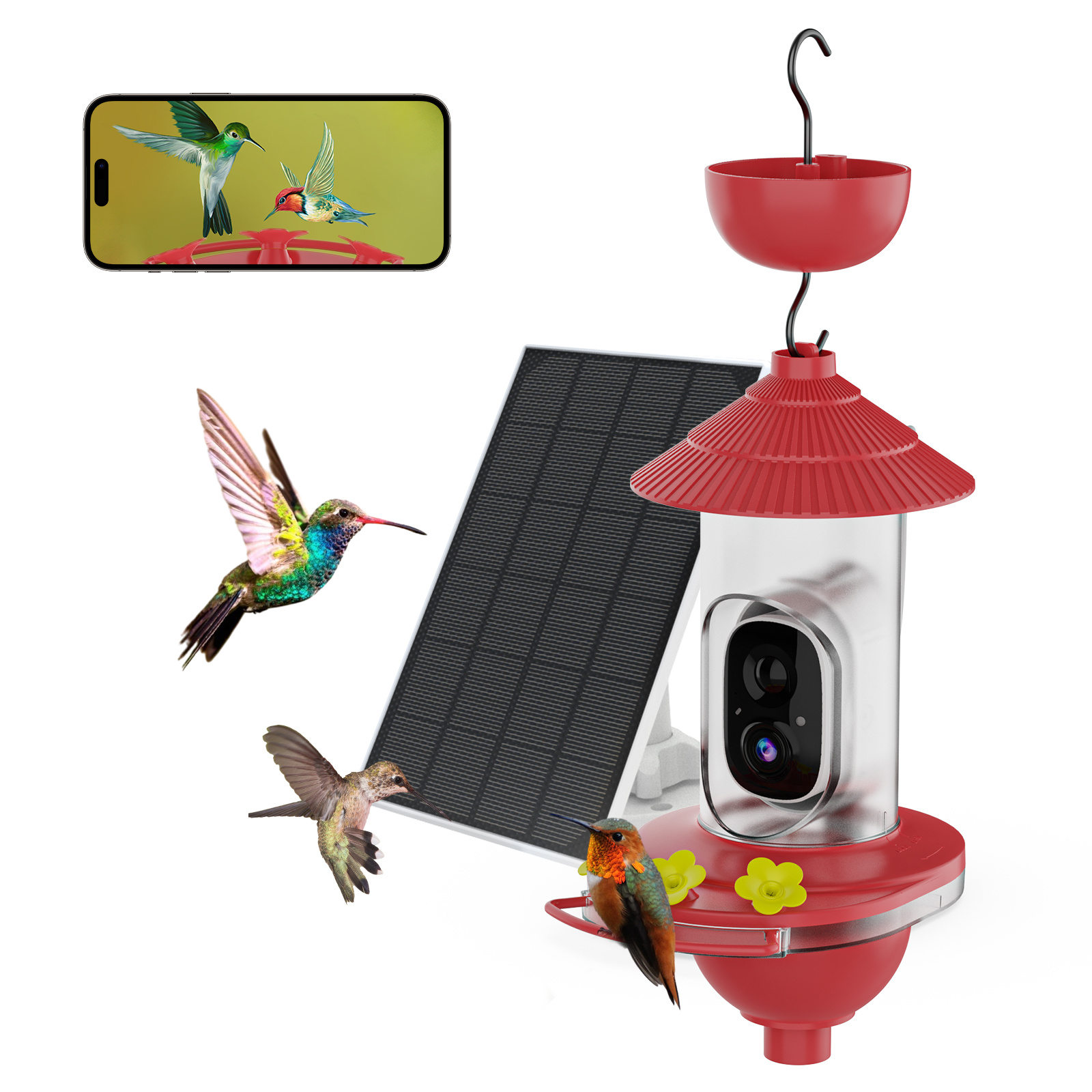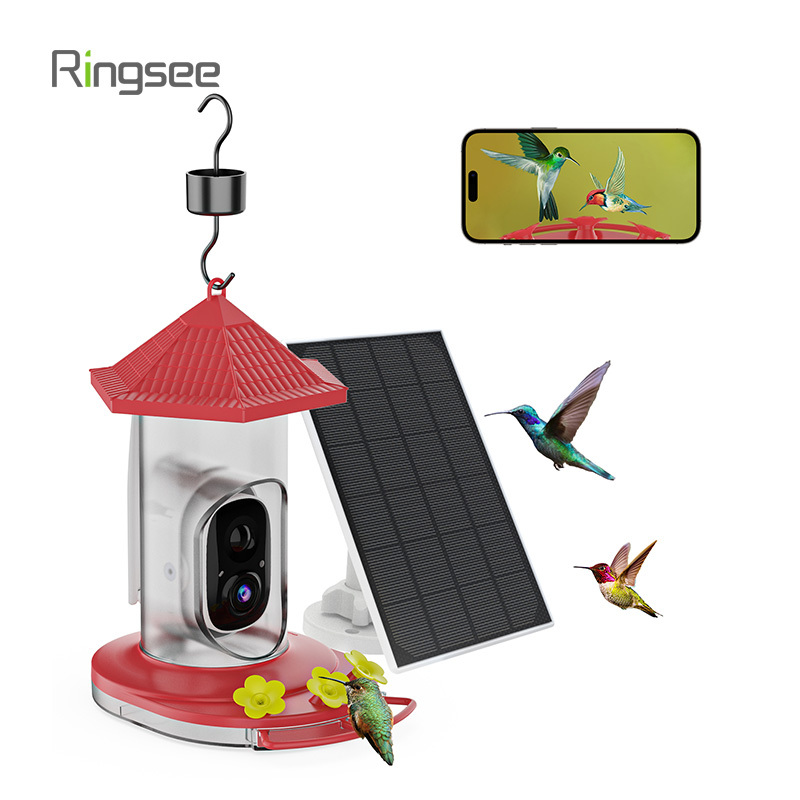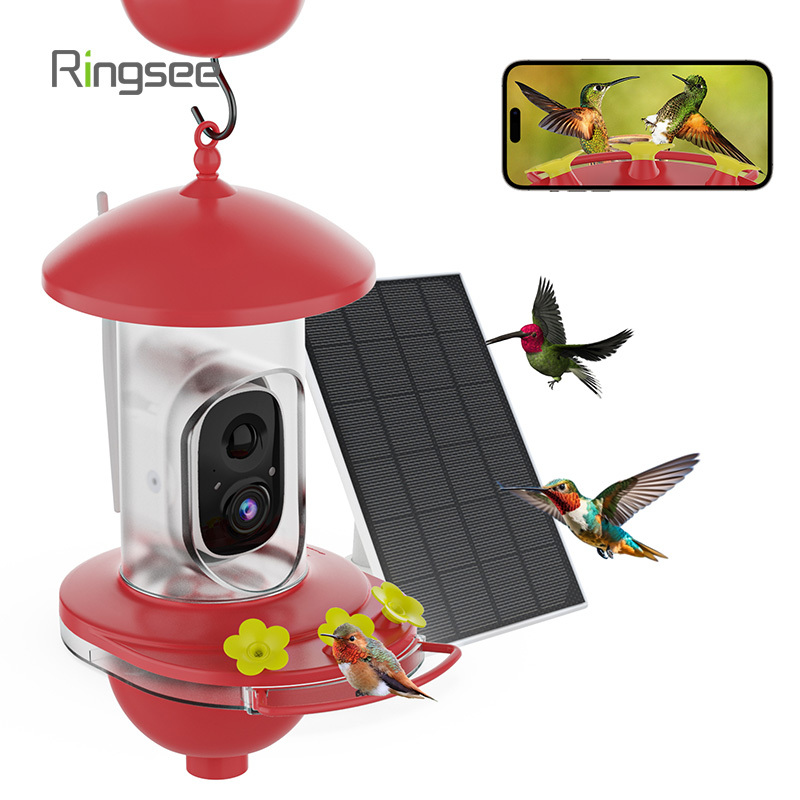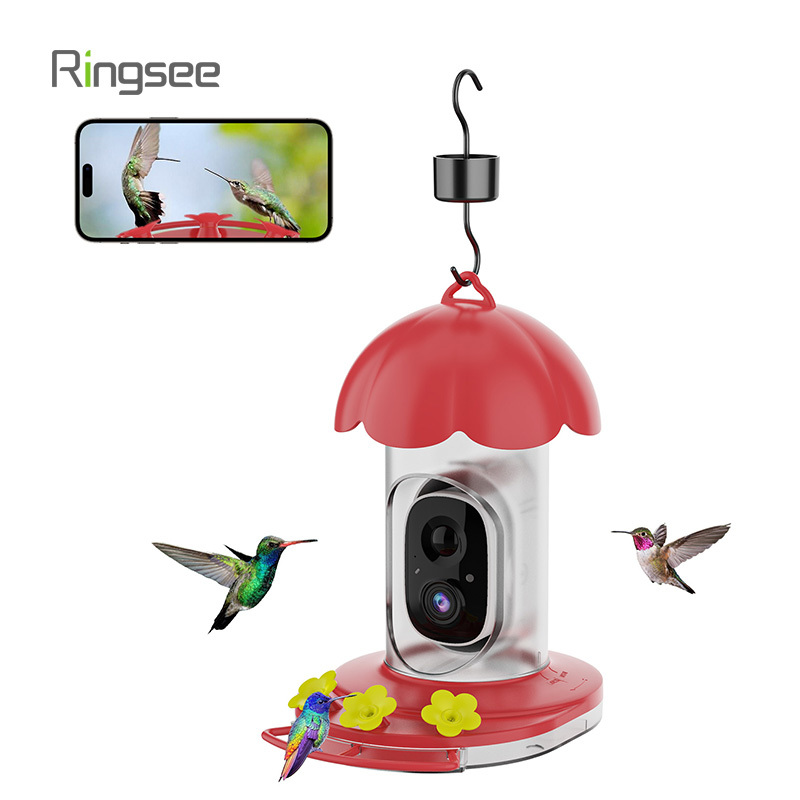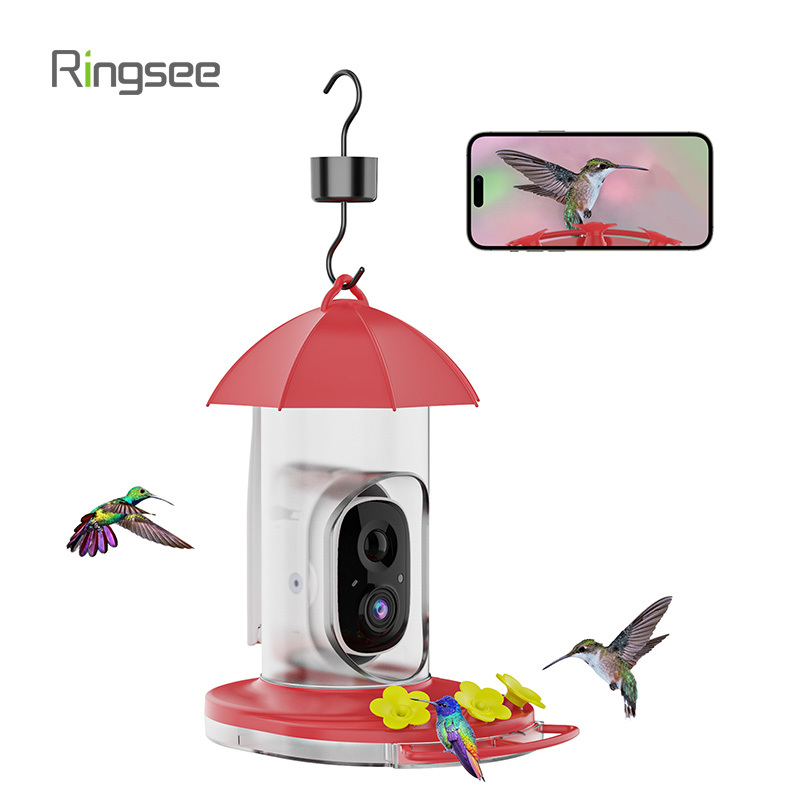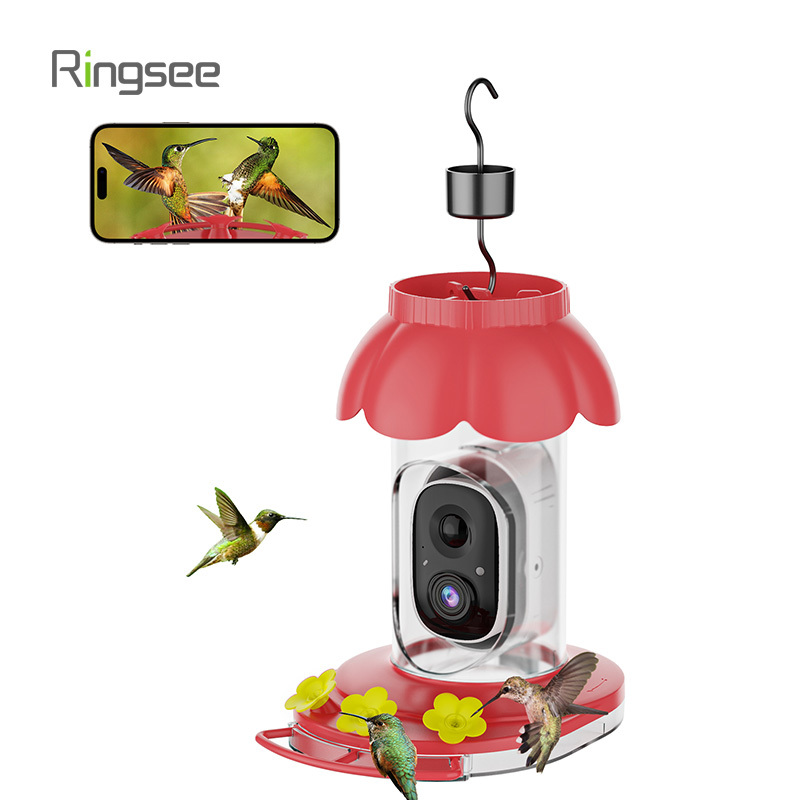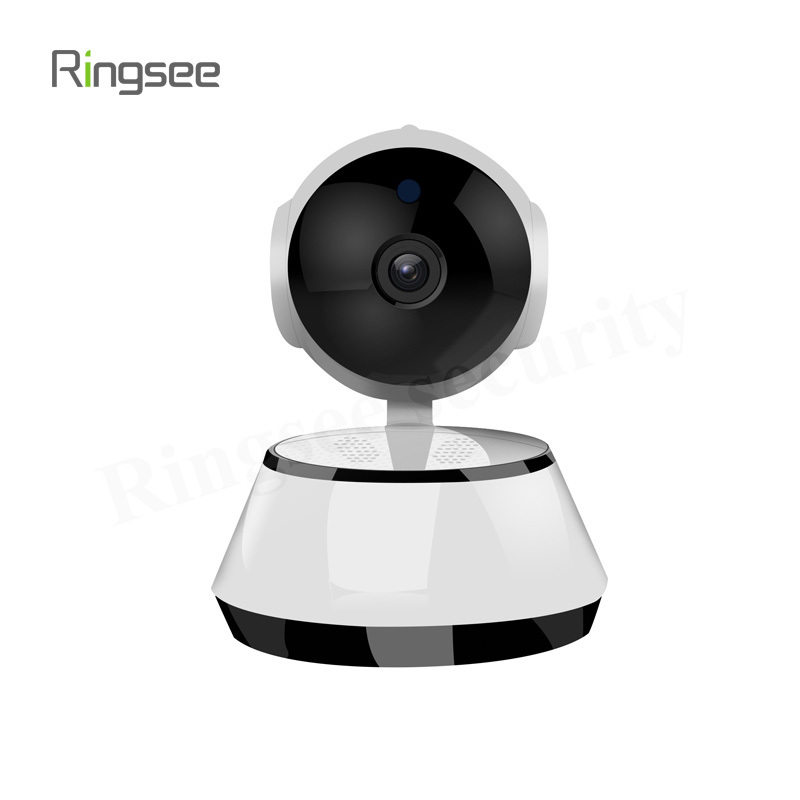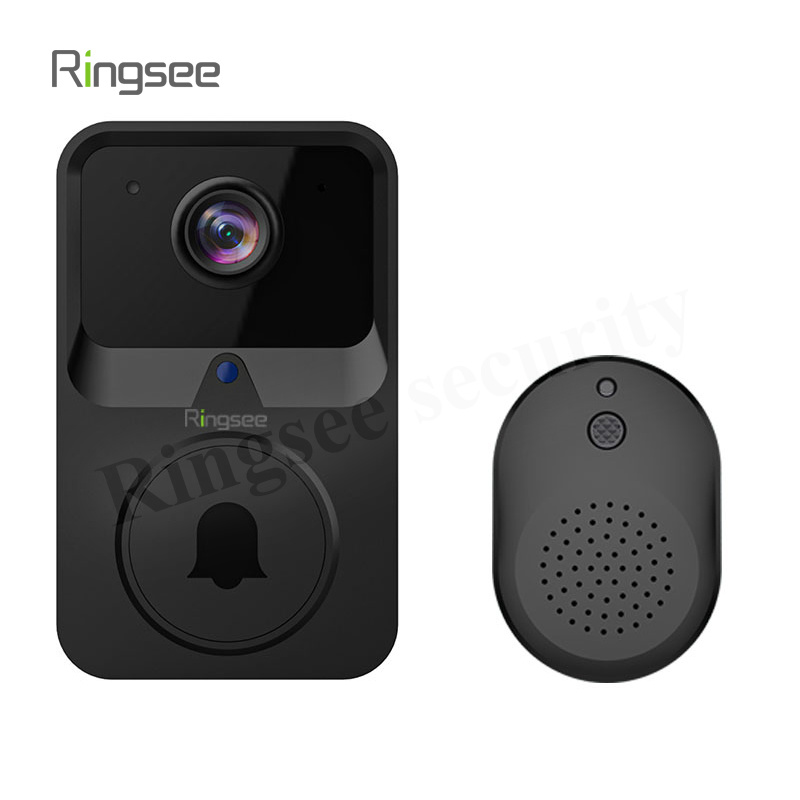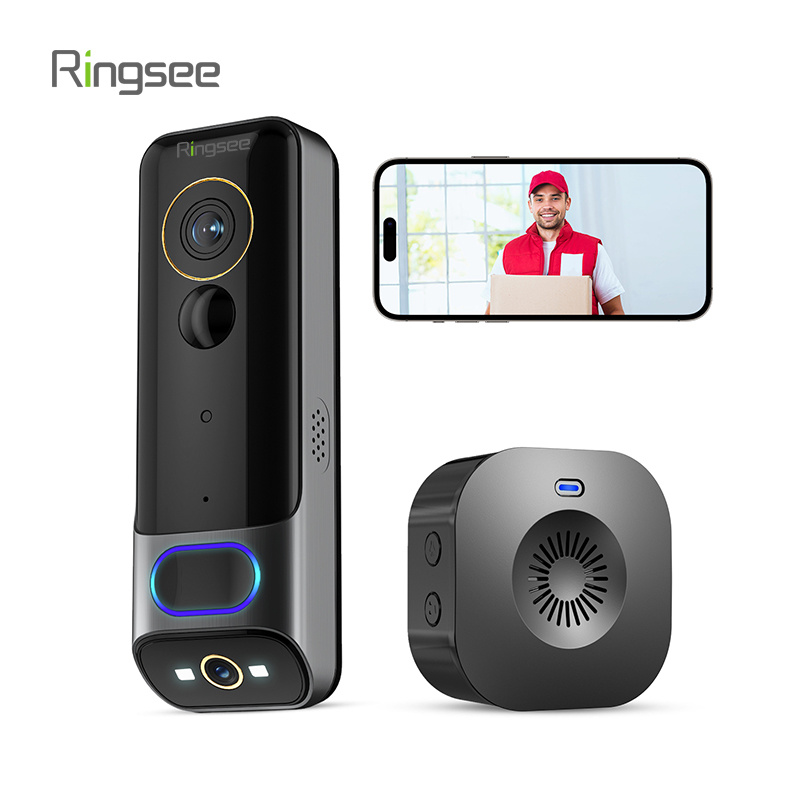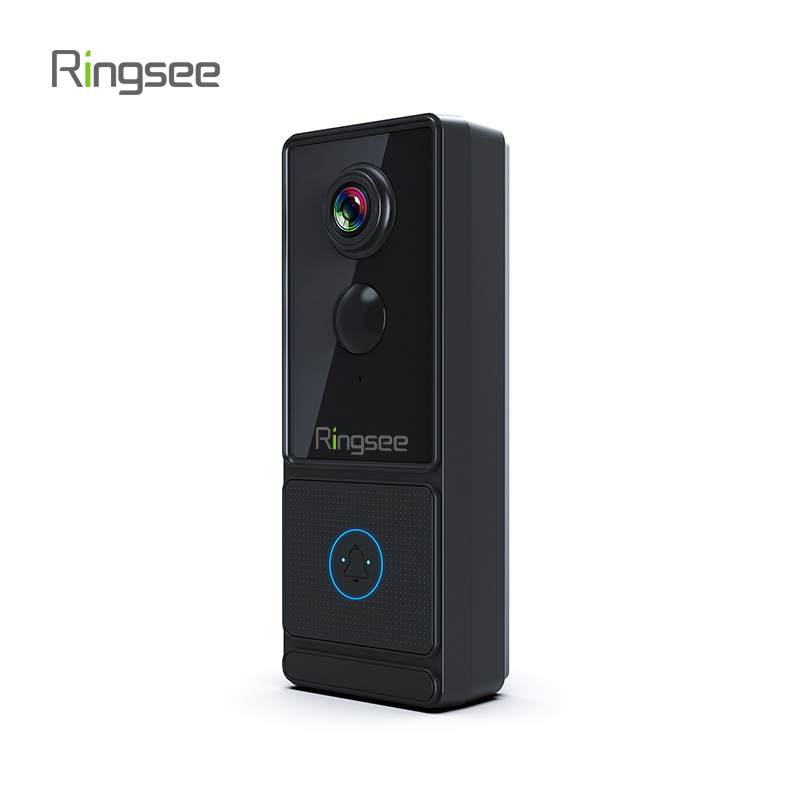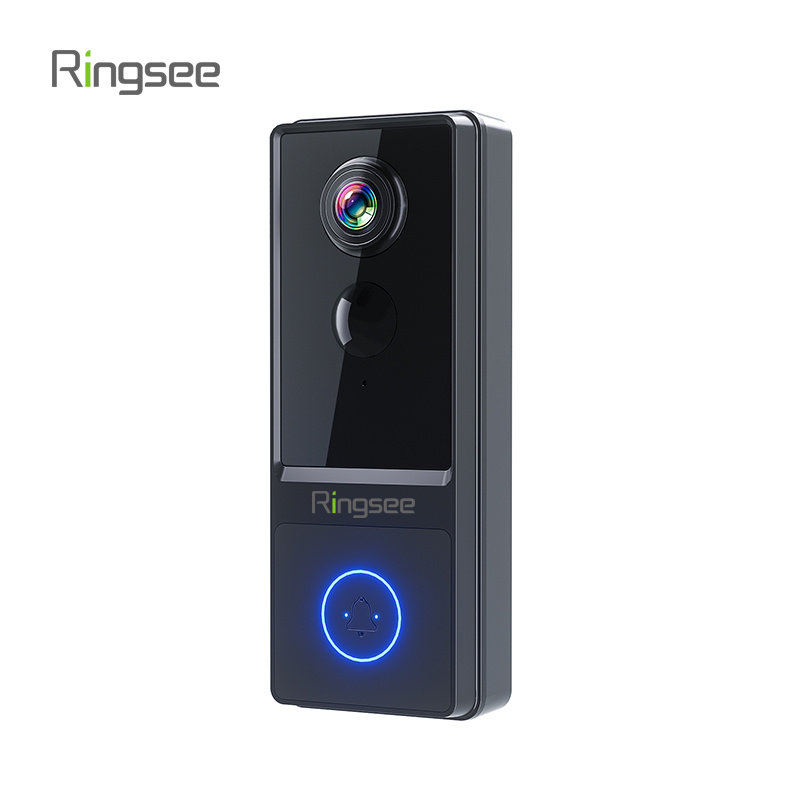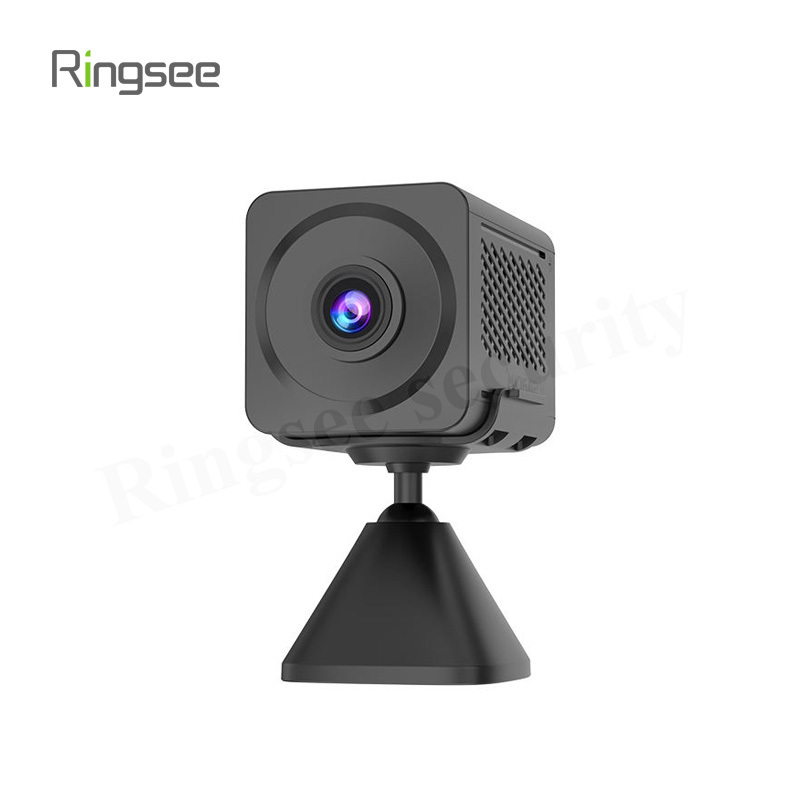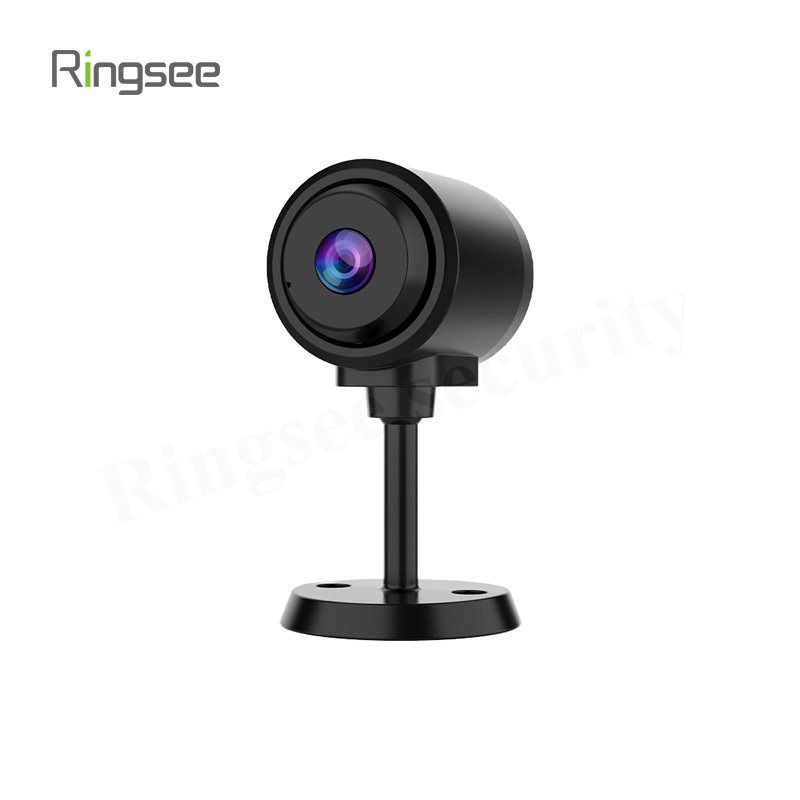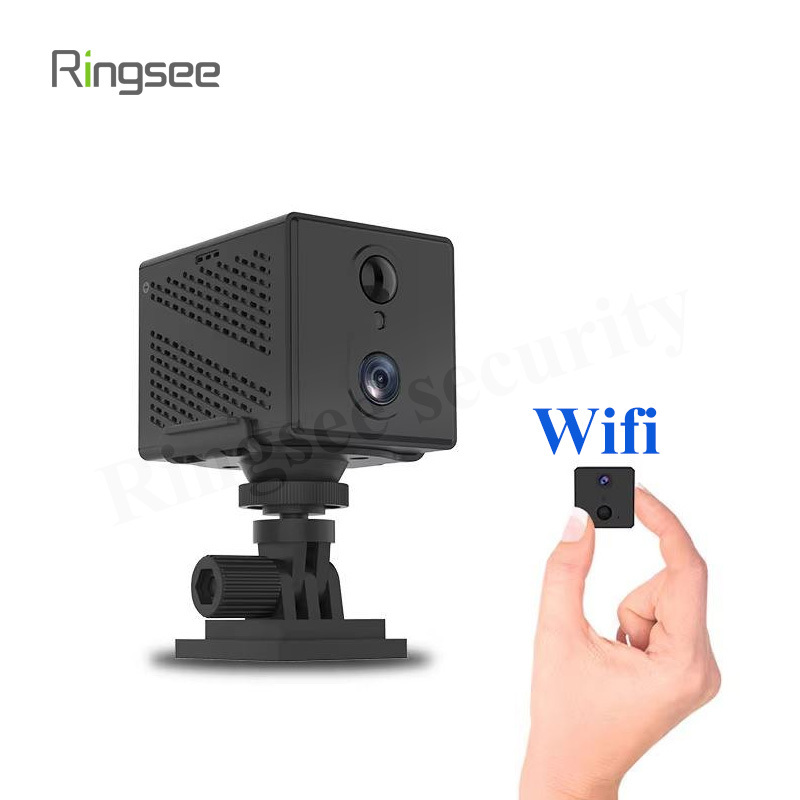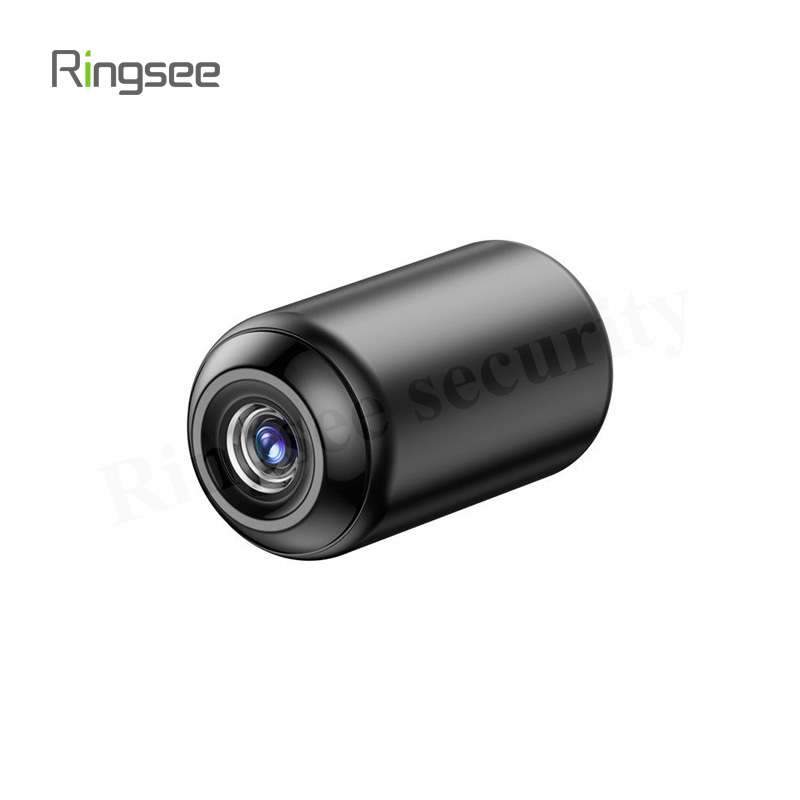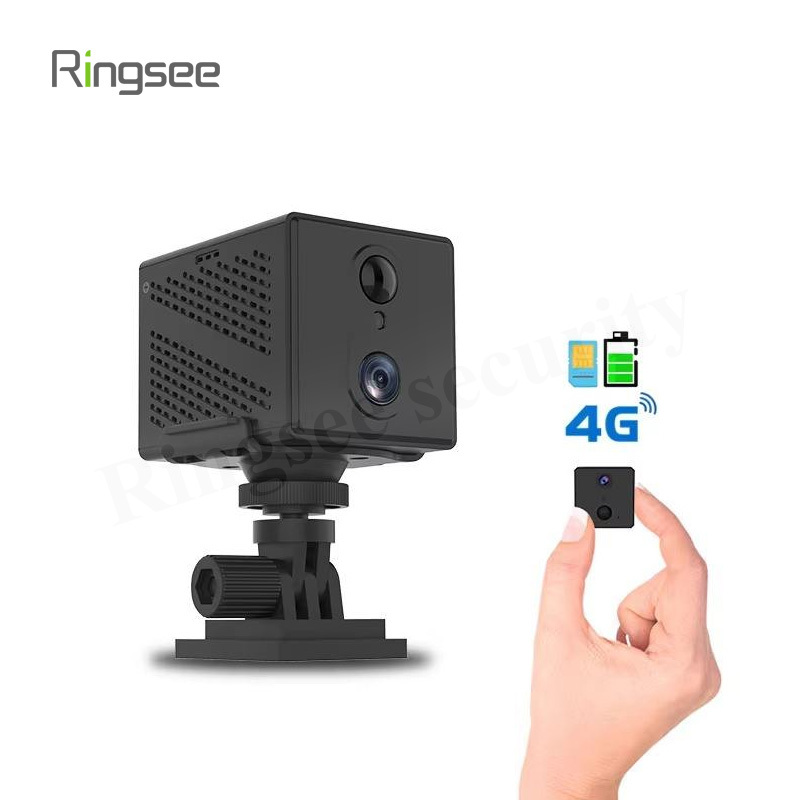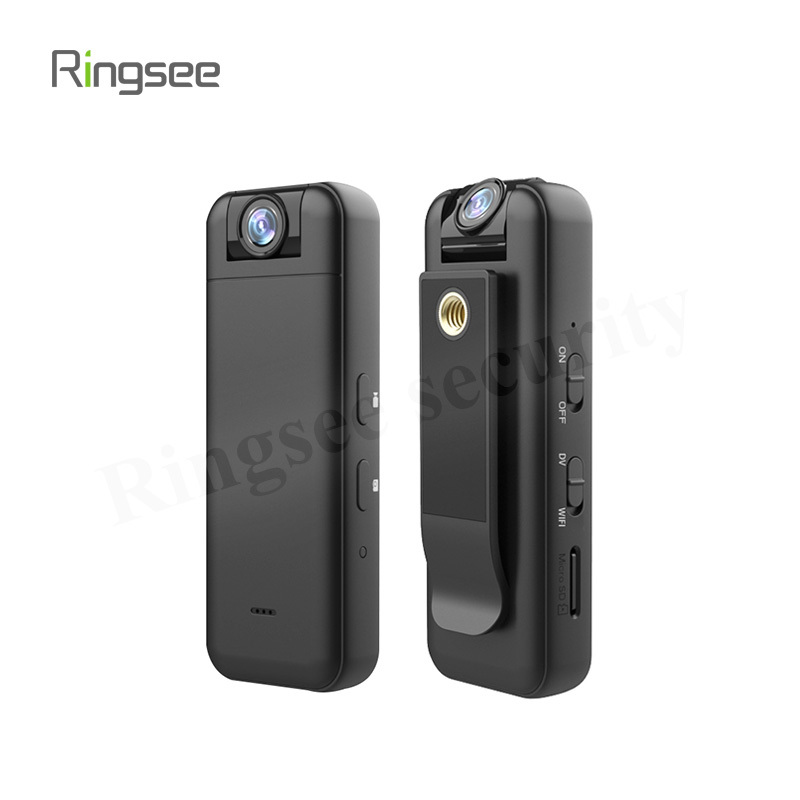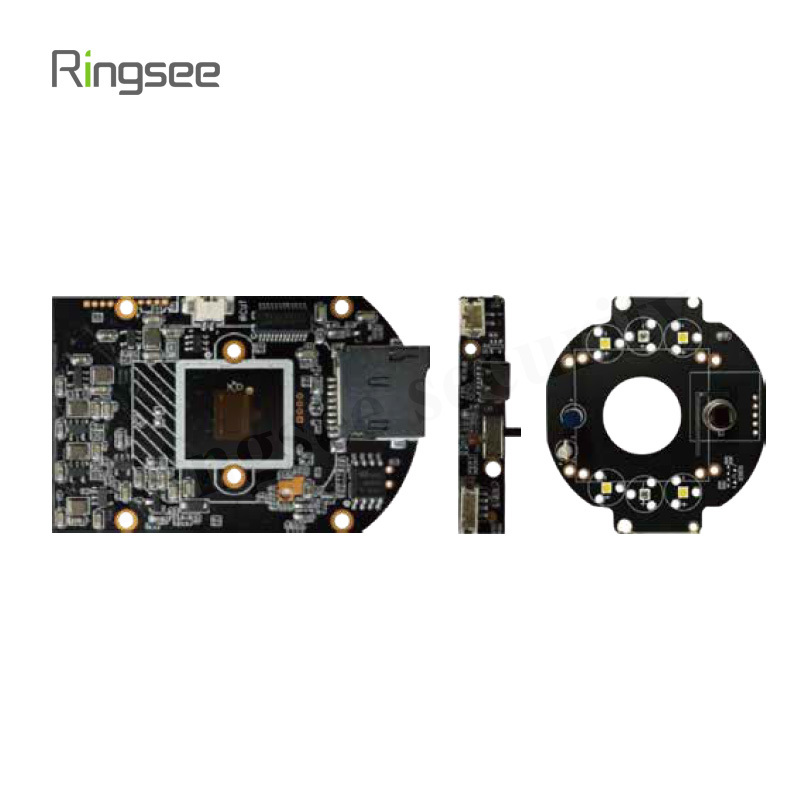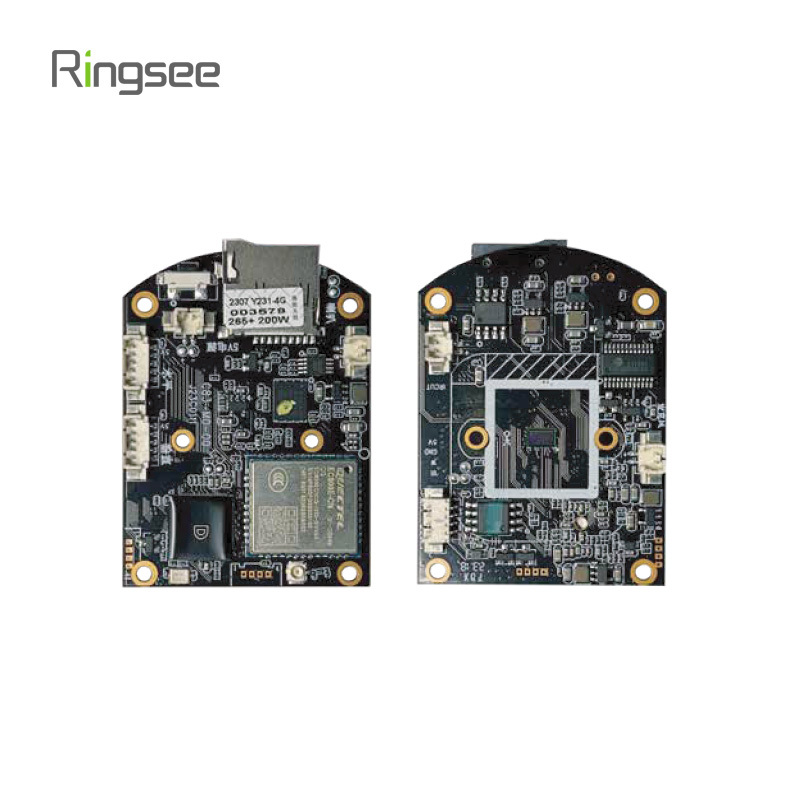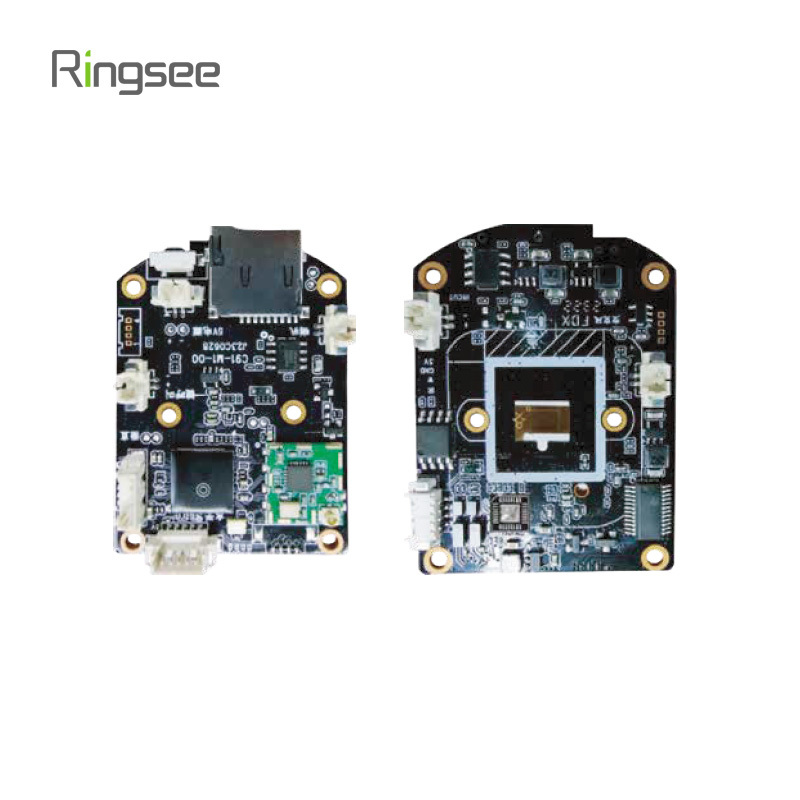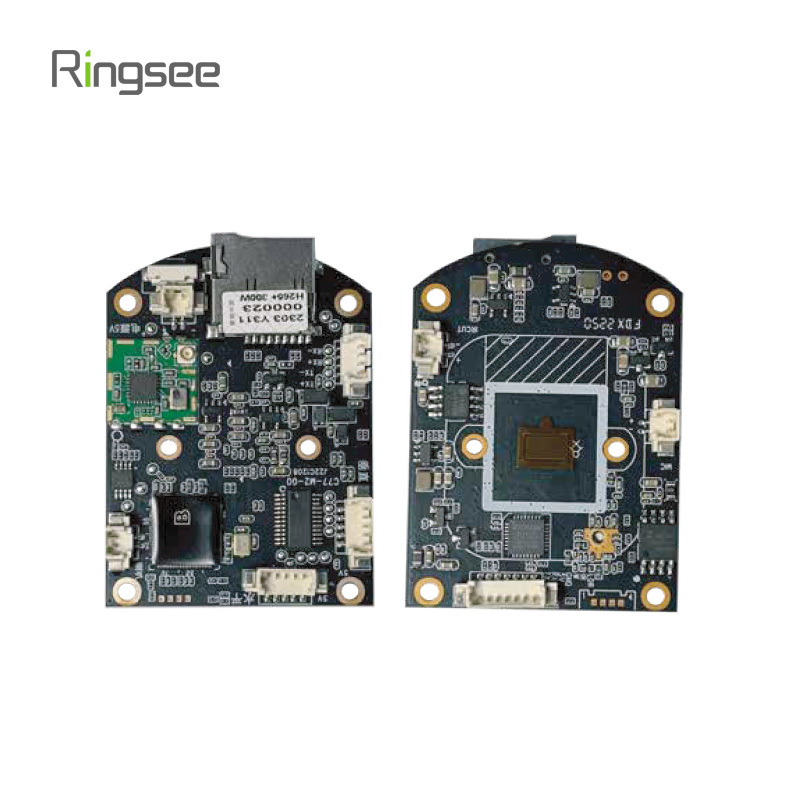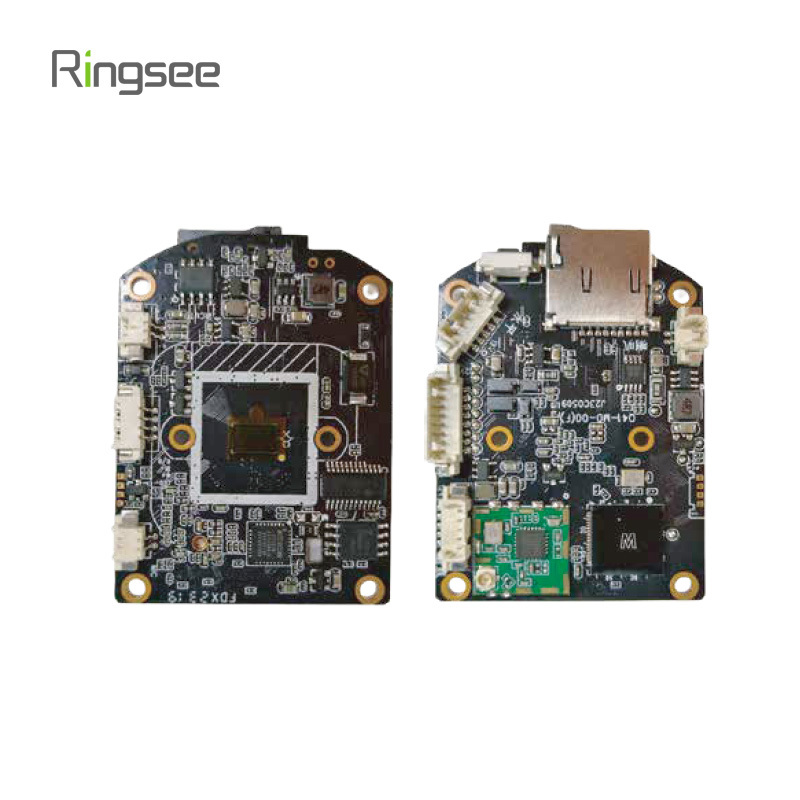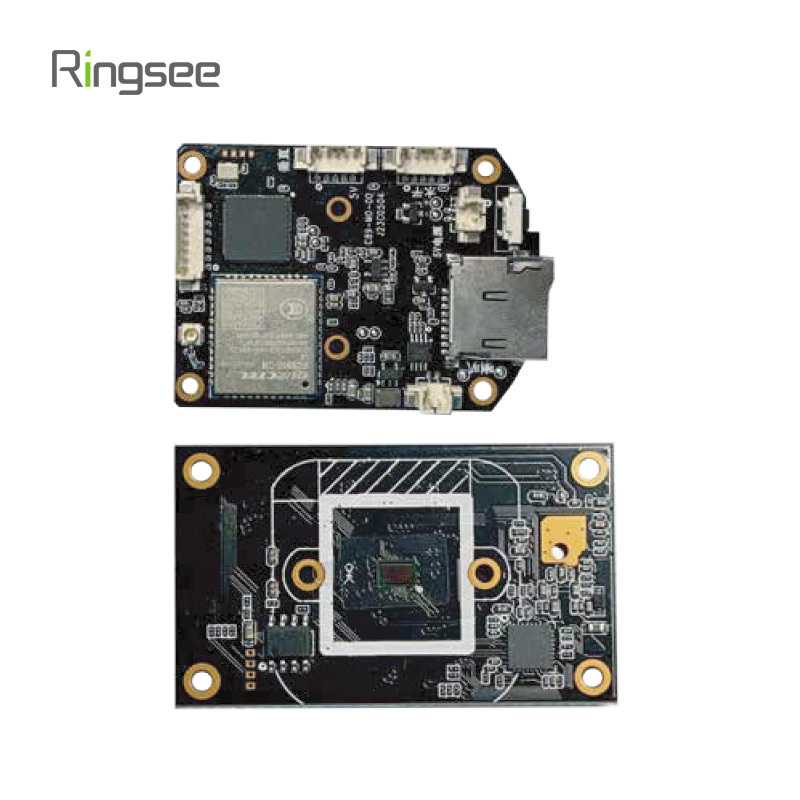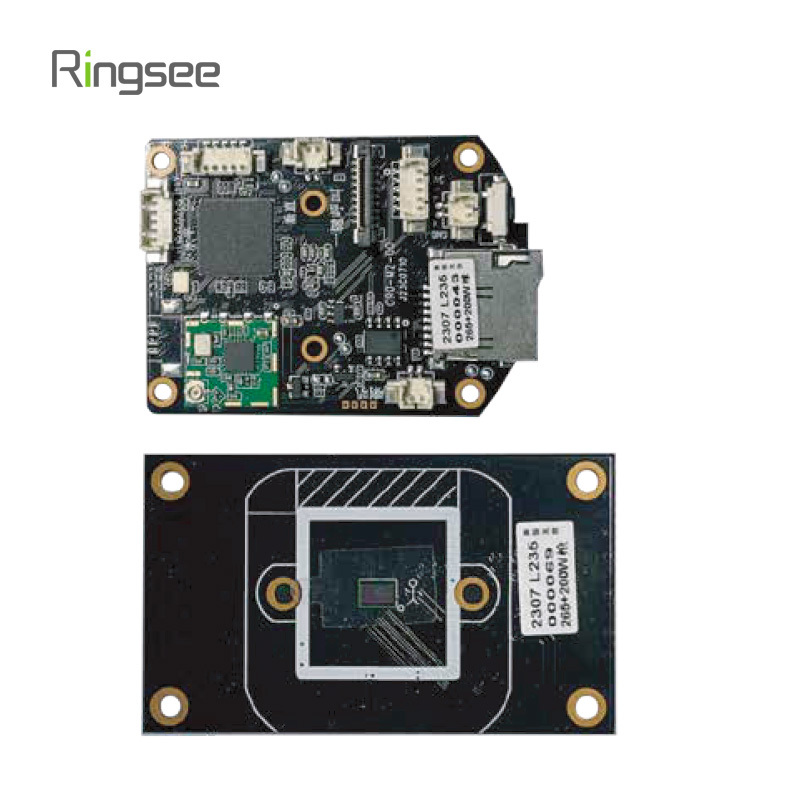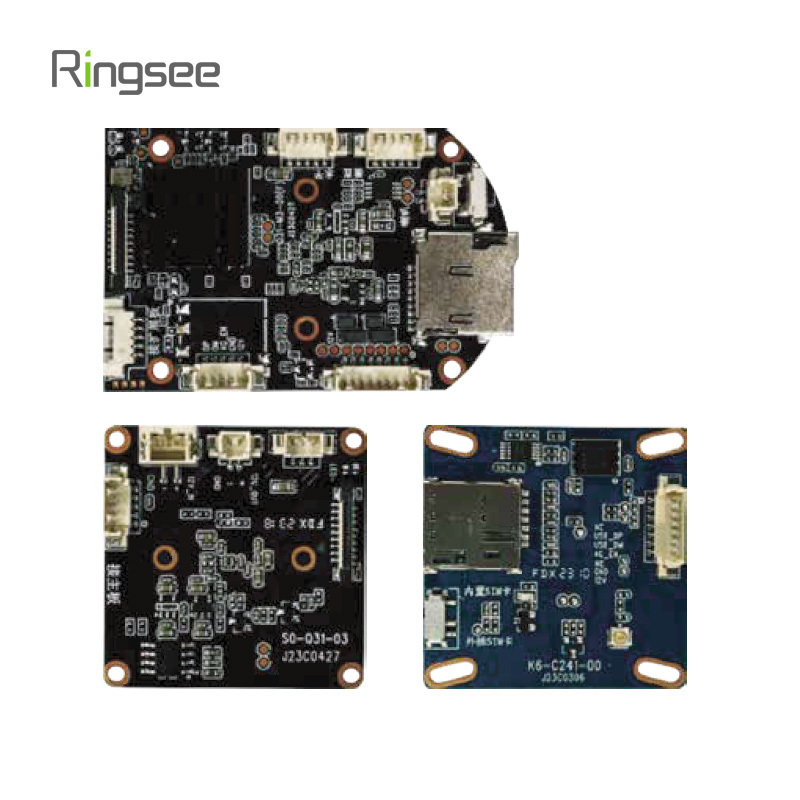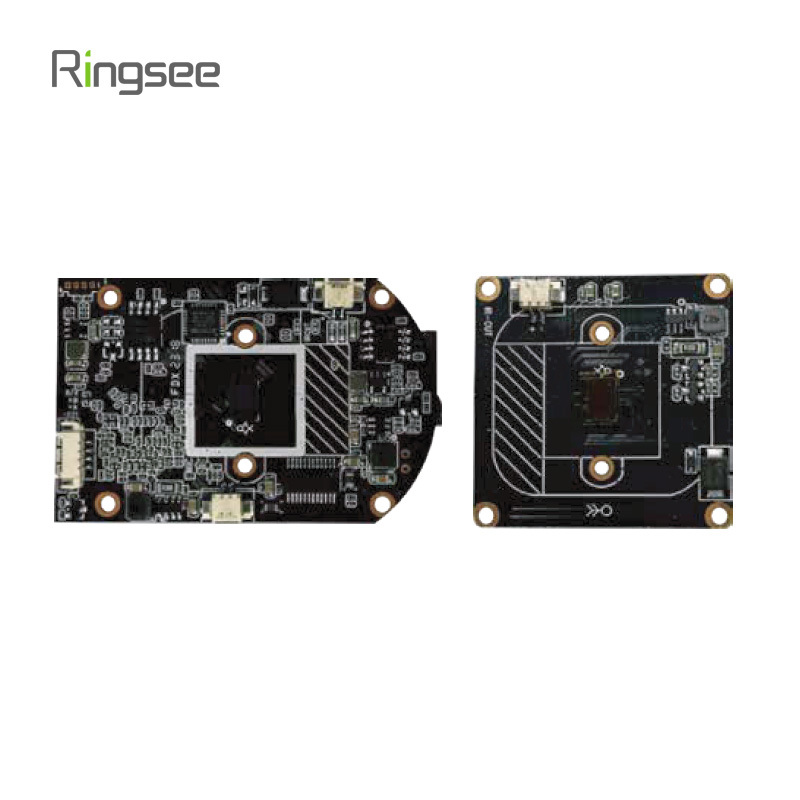Starlight vs. Black Light Cameras: Which Night Vision Technology Truly Sees in the Dark?
Publish:
2025-10-31 09:45
Source:
https://www.ring-see.com
In today’s fast-evolving world of video surveillance, one thing hasn’t changed — the challenge of seeing clearly at night. Whether you’re protecting a family home, a farm, or a warehouse, capturing clear footage after sunset is essential. That’s where starlight and black light camera technologies come in.
At first glance, both promise sharp, full-color images in low light. But beneath the surface, they rely on very different principles — and understanding those differences can help you choose the right tool for your security needs. Let’s explore how each works, their unique strengths, and what kind of environments they’re best suited for.
What Exactly Is a Starlight Camera?

How It Works
A starlight camera uses ultra-sensitive sensors (like Sony’s STARVIS or equivalent CMOS sensors) to capture vivid images in environments with extremely low illumination — sometimes as little as 0.001 lux, about the light of a moonless night.
Rather than flooding the scene with artificial light, it amplifies existing light sources, such as moonlight or streetlights. The key lies in two technologies:
Large-aperture lenses that let in more light per frame.
Advanced digital signal processors (DSPs) that reduce noise and enhance contrast without washing out color.
The result? Natural-looking, detailed footage that preserves color even in near-darkness — no infrared glare, no harsh lighting.
Why It Matters
Color even at night: Essential for identifying people, vehicles, and surroundings more accurately.
Less intrusive: No visible lighting that could alert trespassers or disturb residents.
Energy-efficient: Ideal for solar-powered or battery-based systems that need to run 24/7.
Better adaptability: Works with the environment’s natural light rather than against it.
Where It Excels
Starlight cameras shine (quite literally) in urban and semi-lit areas — driveways, building exteriors, parking lots, or streets illuminated by lampposts. They’re perfect when you need clarity and detail but prefer subtle surveillance.
What About Black Light Cameras?
How They Work
Black light cameras, sometimes branded as “full-color night vision” or “ColorVu” models, take a different approach. Instead of relying on ambient light, they create their own light — using soft, built-in white LEDs that illuminate the area just enough for the sensor to capture full-color footage.
These cameras typically pair a wide-aperture lens (like F1.0) with high-sensitivity sensors to maximize performance. The light is often warm and diffused, preventing glare while revealing true-to-life colors.
Why It Matters
Full-color in total darkness: Unlike infrared cameras that produce black-and-white footage, black light cameras record vibrant color video even in pitch black.
Active deterrence: The visible LED lighting acts as a warning signal — intruders know they’re being watched.
Enhanced detail: Captures color cues like car paint, clothing, or license plates that monochrome systems can’t show.
Simple setup: Works even in completely unlit rural or outdoor areas.
Where It Excels
Black light cameras are ideal for remote or unlit environments — like farms, orchards, storage yards, or country homes — where no other light source exists. They’re a go-to for outdoor security that needs both visibility and deterrence.

Head-to-Head: Starlight vs. Black Light
| Feature | Starlight Camera | Black Light Camera |
|---|---|---|
| Light Source | Relies on ambient or natural light | Uses built-in visible LEDs |
| Color Performance | Good under low light, switches to B/W in full dark | Full-color even in total darkness |
| Energy Efficiency | Higher (no active lighting) | Slightly lower (LEDs consume power)) |
| Stealth | Discreet, invisible operation | Visible lighting deters intruders |
| Best Use Case | Urban or semi-lit environments | Rural, dark, or isolated locations |
| Image Style | Natural, balanced, and realistic | Bright, vivid, and high contrast |
How to Choose the Right Camera for You
The decision depends on three main factors — light, location, and purpose:
If you have some existing light, a starlight camera delivers clean, natural color with minimal power use.
If your area is pitch dark, a black light camera is unbeatable for full-color night vision and visual deterrence.
If stealth is critical (like wildlife monitoring or discreet perimeter security), starlight is the quieter option.
If visibility is key (like farm entrances or warehouse gates), black light cameras make activity unmistakably clear.
The Next Step: Starlight + AI + Solar Power
Security manufacturers like Ringsee are pushing beyond traditional imaging limits. The latest generation of cameras now combines starlight technology with AI-powered detection and solar energy, creating systems that are:
Smarter: Automatically recognize humans, vehicles, or animals.
Greener: Powered by solar panels with low-energy components.更
More reliable: Operate continuously even in remote or off-grid locations.
This fusion marks the future of surveillance — systems that don’t just see clearly at night but understand what they see.
Conclusion
Both starlight and black light cameras have transformed how we secure our spaces after dark.
Starlight cameras offer subtle, power-efficient clarity in low-light areas.
Black light cameras deliver full-color visibility and deterrence in absolute darkness.
Choosing between them isn’t about which is better overall — it’s about which is better for your environment.
Whether you’re lighting up a farm or safeguarding a warehouse, understanding these technologies ensures your security camera won’t just record — it will truly see.
Prev:
Related News
Starlight vs. Black Light Cameras: Which Night Vision Technology Truly Sees in the Dark?
Discover the differences between starlight and black light security cameras. Learn how each technology works, their advantages, and which is best for your environment — from farms to urban surveillance setups.
Oct 31,2025
Top 5 Australian Farm 4G Solar Camera Manufacturers — Best Off-Grid CCTV for Farmers
Compare Australia’s leading 4G solar camera manufacturers and integrators for farms. Learn which systems deliver reliable off-grid monitoring, battery autonomy, 4G connectivity and local support.
Oct 30,2025
Australian farmers' most trusted remote security expert — why 4G solar cameras are the right fit now
Protect your farm with Ringsee — Australia’s trusted 4G solar camera expert. Solar-powered, off-grid security designed for orchards, paddocks, and rural properties. No Wi-Fi, no power lines, just reliable 24/7 protection.
Oct 30,2025
Why 4G Solar Cameras Are Becoming Essential for Modern Farms?
Discover how 4G solar security cameras are transforming modern farms. Learn why more farmers choose Ringsee’s solar-powered 4G surveillance solutions for reliable, eco-friendly, and 24/7 protection without WiFi or electricity.
Oct 27,2025
Discover the 2025 market outlook for smart pet cameras, marketing strategies that convert, and future trends—AI behavior alerts, integrations, and subscription opportunities.
Oct 22,2025
Links:One Belt Power Technology
Add: 14th Floor, Baoshan Building, Longhua District, Shenzhen China.
Privacy Policy | SEO | CitySite | Support: 300.cn Dongguan
COOKIES
Our website uses cookies and similar technologies to personalize the advertising shown to you and to help you get the best experience on our website. For more information, see our Privacy & Cookie Policy
COOKIES
Our website uses cookies and similar technologies to personalize the advertising shown to you and to help you get the best experience on our website. For more information, see our Privacy & Cookie Policy
These cookies are necessary for basic functions such as payment. Standard cookies cannot be turned off and do not store any of your information.
These cookies collect information, such as how many people are using our site or which pages are popular, to help us improve the customer experience. Turning these cookies off will mean we can't collect information to improve your experience.
These cookies enable the website to provide enhanced functionality and personalization. They may be set by us or by third-party providers whose services we have added to our pages. If you do not allow these cookies, some or all of these services may not function properly.
These cookies help us understand what you are interested in so that we can show you relevant advertising on other websites. Turning these cookies off will mean we are unable to show you any personalized advertising.

